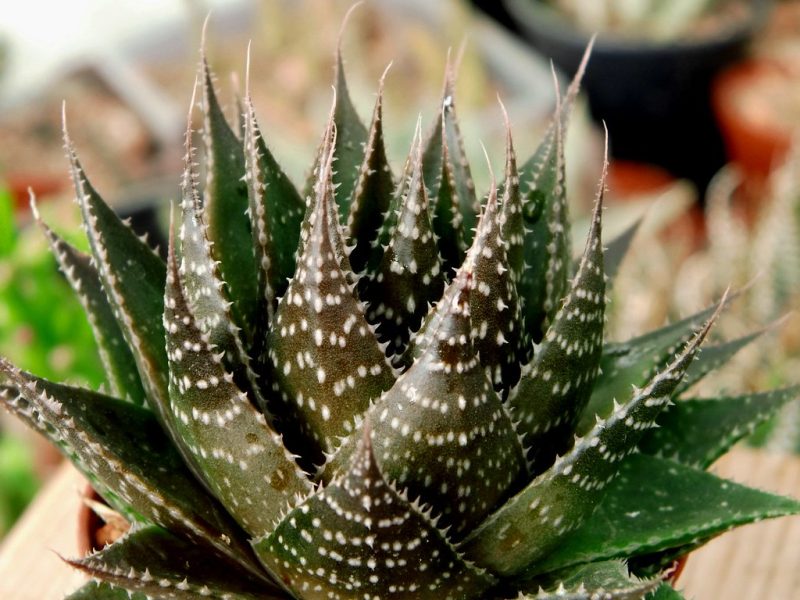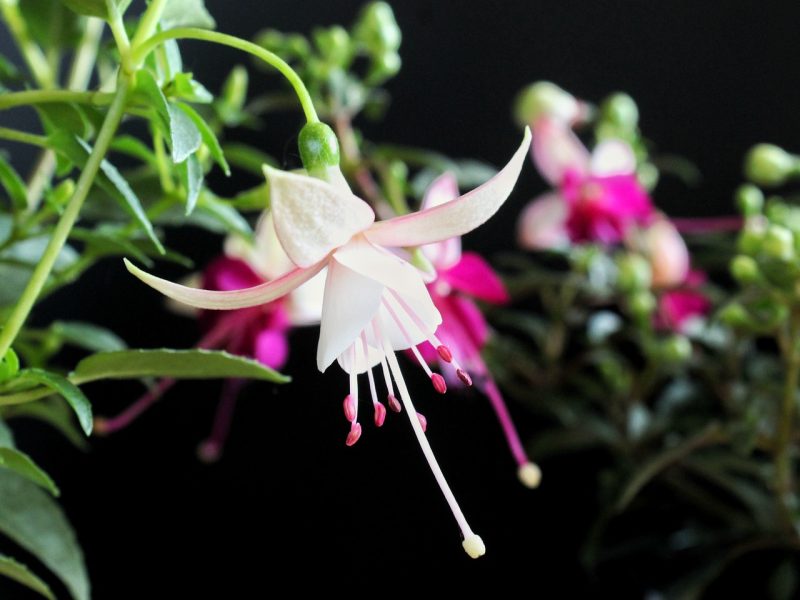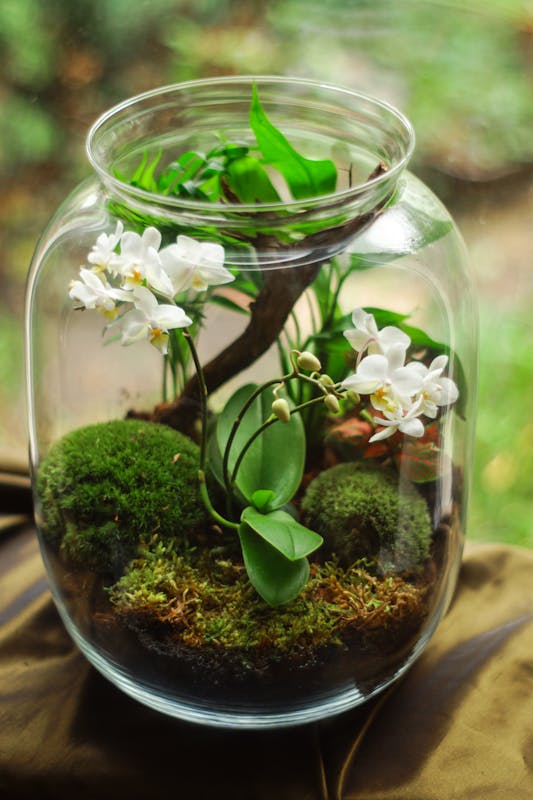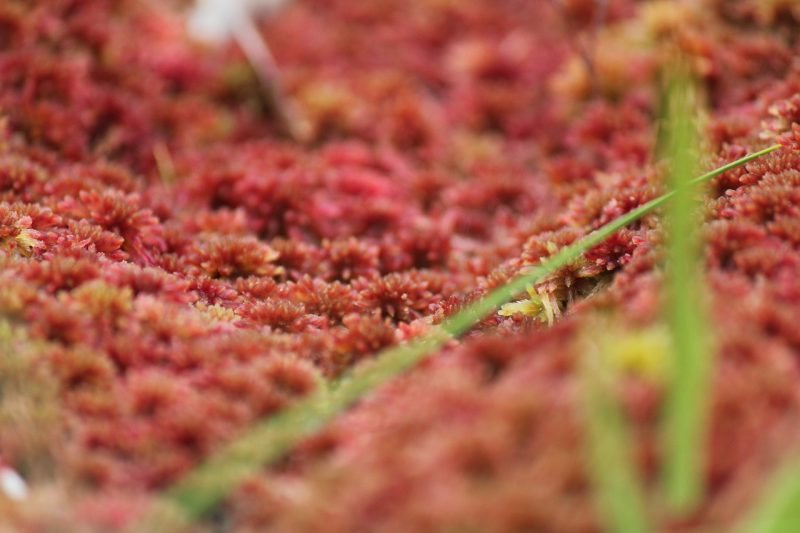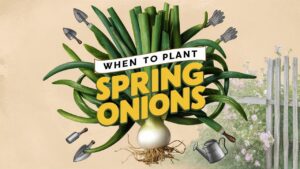Creating a terrarium is an enjoyable way to bring a slice of nature into your home, offering a perfect combination of beauty and tranquillity. With the right selection of plants, a terrarium can flourish and become a stunning focal point in any room.
While many may default to common plant choices, there is a wide array of unique and enchanting species that can thrive in these miniature ecosystems. Below you’ll find a mix of plants, encompassing both well-known and lesser-known varieties, ideal for terrariums.
Air Plants (Tillandsia)
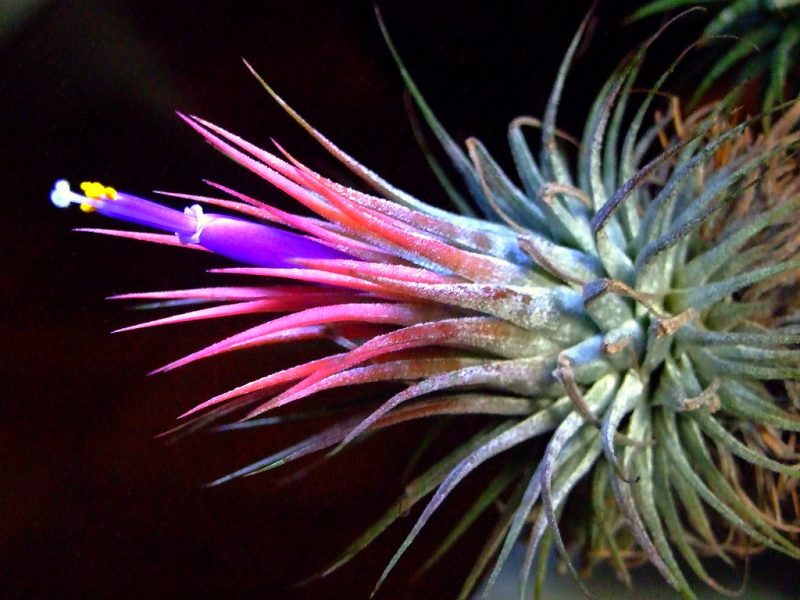
Air plants are fascinating because they don’t require soil to grow. These epiphytic wonders can thrive in a variety of conditions and can be creatively arranged within terrariums. They absorb moisture and nutrients from the air, making them perfect for smaller glass environments.
Fittonia (Nerve Plant)

The Fittonia, with its vibrant green leaves adorned with striking white or pink veins, provides a stunning visual contrast in any terrarium. This humidity-loving plant thrives in a moist environment, making it a fantastic choice for bottle terrariums.
Hawthornia (Haworthia)
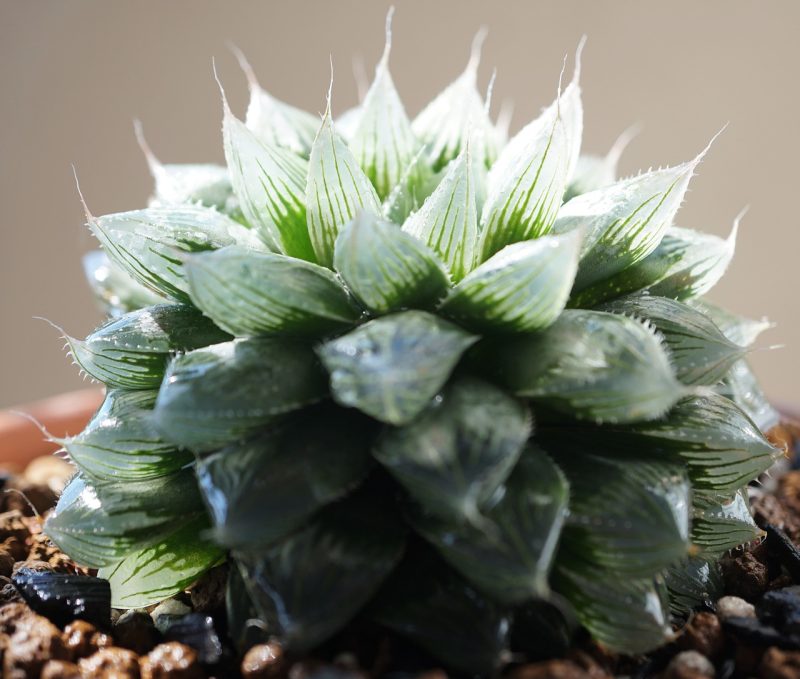
Haworthia is a succulent that thrives in terrarium conditions. Its unique rosette shape and striking green shades with varying patterns make it a gorgeous addition. This hardy plant prefers bright, indirect light, making it suitable for indoor setups.
Peperomia
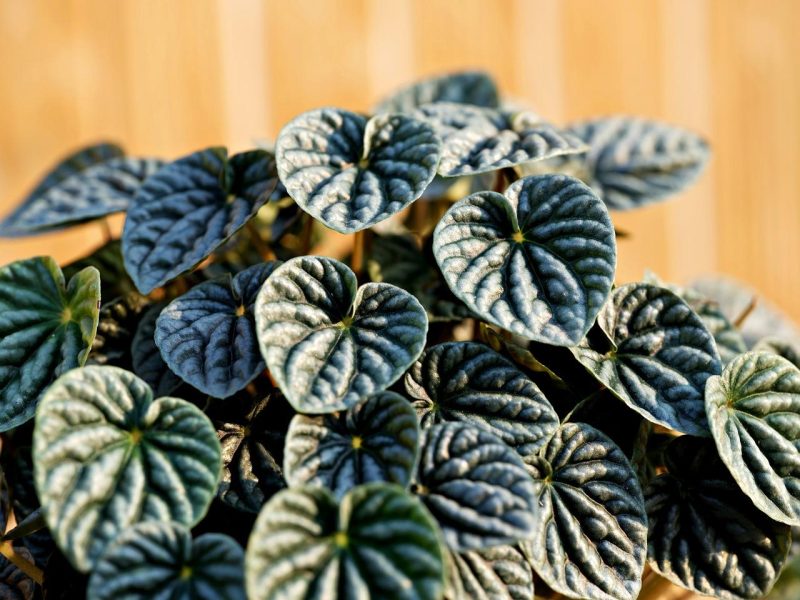
Peperomias come in many varieties, each offering unique textures and colors. From the striking Peperomia obtusifolia with glossy leaves to the stunning variegated varieties, they are small enough to fit beautifully into terrariums and require minimal care.
Pilea (Chinese Money Plant)
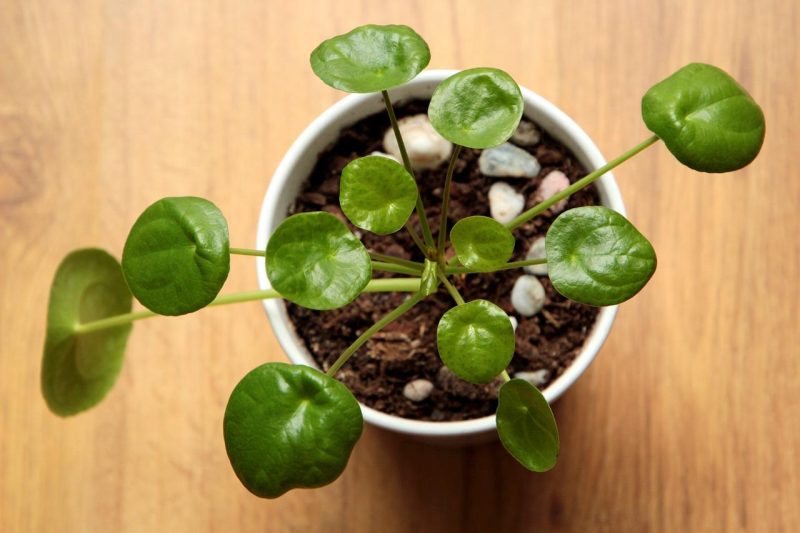
The Pilea, known for its round, coin-like leaves, symbolizes good luck and prosperity. Its unique appearance adds a playful touch, and it thrives in bright, indirect sunlight, making it easy to care for in glass terrariums.
Zebra Plant (Gasteraloe)
This hybrid plant combines the attributes of both aloe and gasteria. The unique zebra-like stripes of its foliage make it an eye-catching terrarium addition that enjoys a good amount of light while being drought-tolerant.
String of Hearts (Ceropegia linearis)
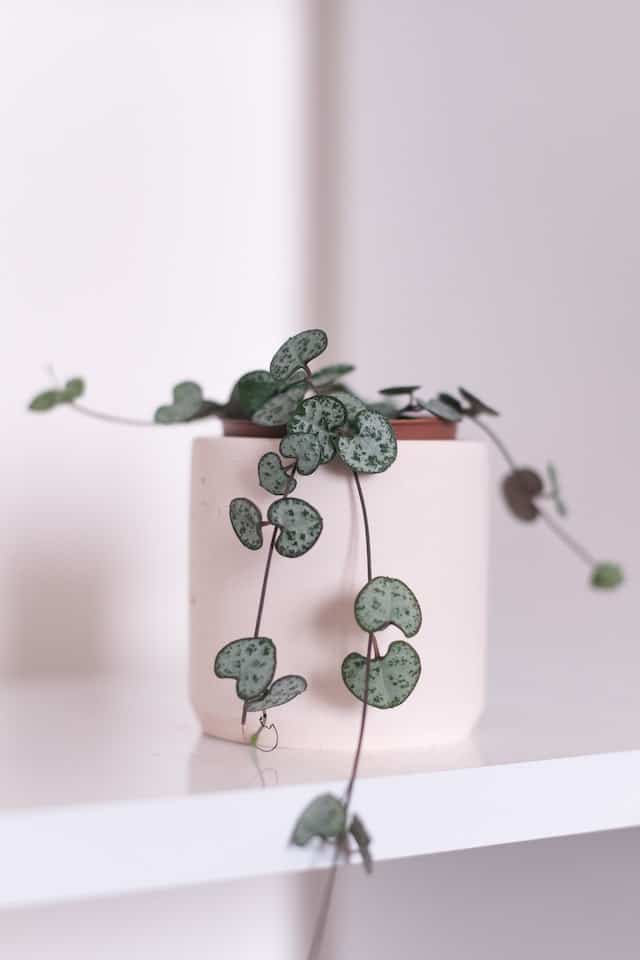
The String of Hearts features delicate, heart-shaped leaves on long, trailing stems, making it perfect for hanging terrariums. This charming plant loves bright, indirect light and can add a whimsical touch to your setup.
Maidenhair Fern (Adiantum)
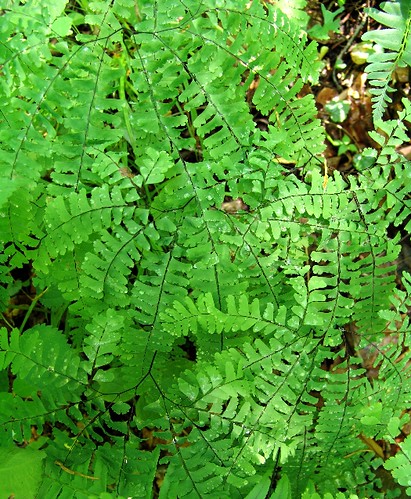
Maidenhair ferns have delicate, fan-shaped fronds that contribute a soft, lush feel to any glass enclosure. They prefer high humidity, making them an excellent choice for terrariums. Just ensure they are kept well-watered and away from direct sunlight to thrive.
Burro’s Tail (Sedum morganianum)
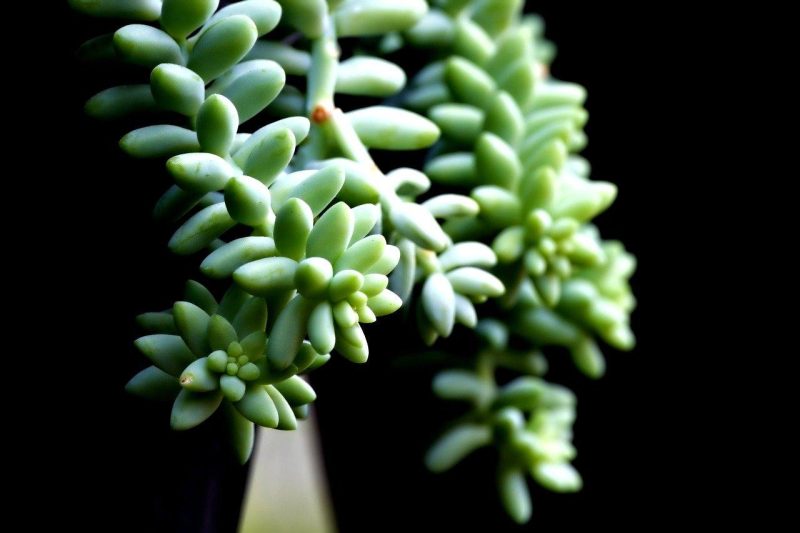
This succulent is known for its trailing, plump leaves that create a lush, spilling effect, perfect for hanging terrariums. It’s drought-tolerant and prefers bright light, making it a low-maintenance addition to your plant collection.
Maranta (Prayer Plant)
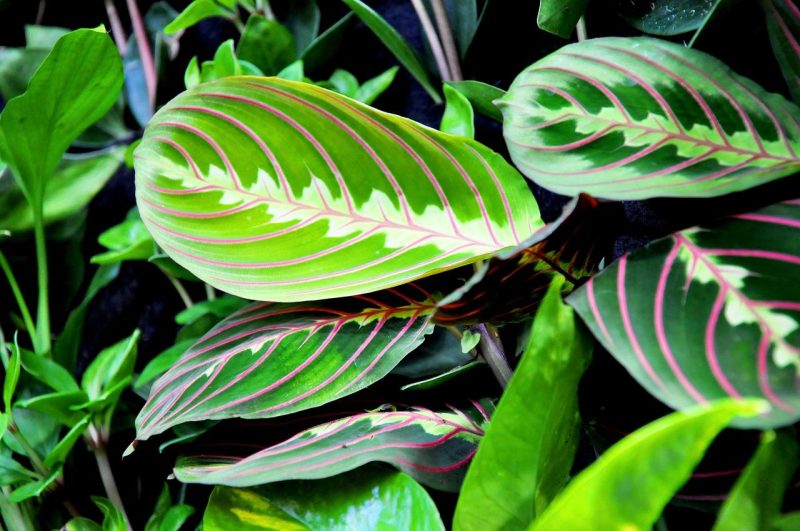
The Maranta species, known for its beautiful foliage with distinctive patterns, folds its leaves up at night, resembling a “praying” position. It thrives in humid environments, making it ideal for terrariums.
Lithops (Living Stones)
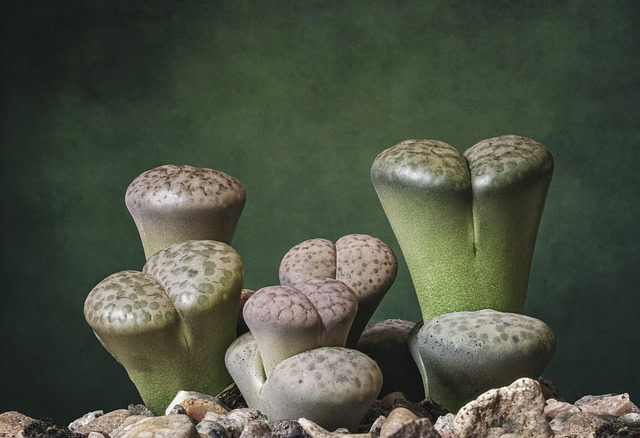
Lithops, or “living stones,” are quirky succulents that mimic the appearance of pebbles or stones. They are perfect for a unique terrarium focal point and require minimal water, making them an excellent choice for beginners.
Calathea
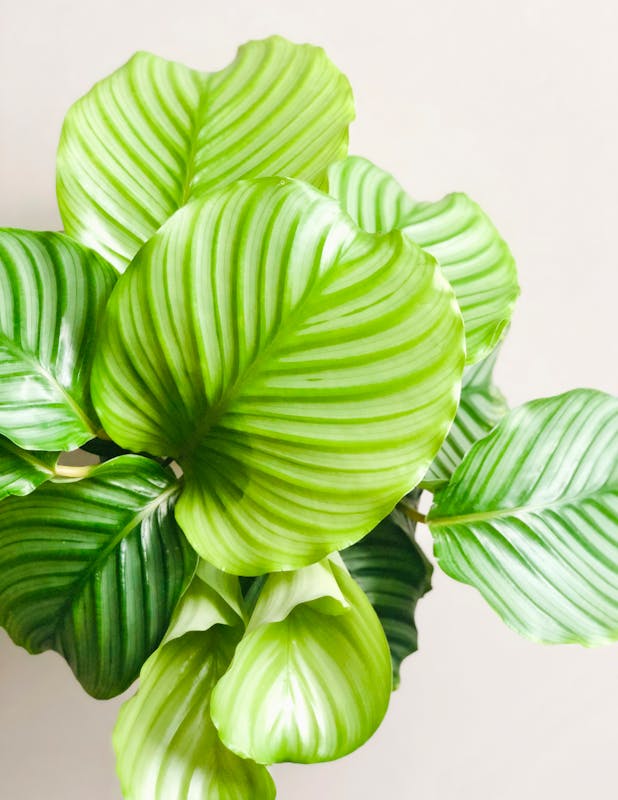
Calathea’s strikingly patterned leaves can add a dose of visual intrigue to any terrarium. These plants prefer high humidity and indirect light, making them ideal for glass containers that maintain moisture levels.
Crassula (Jade Plant)
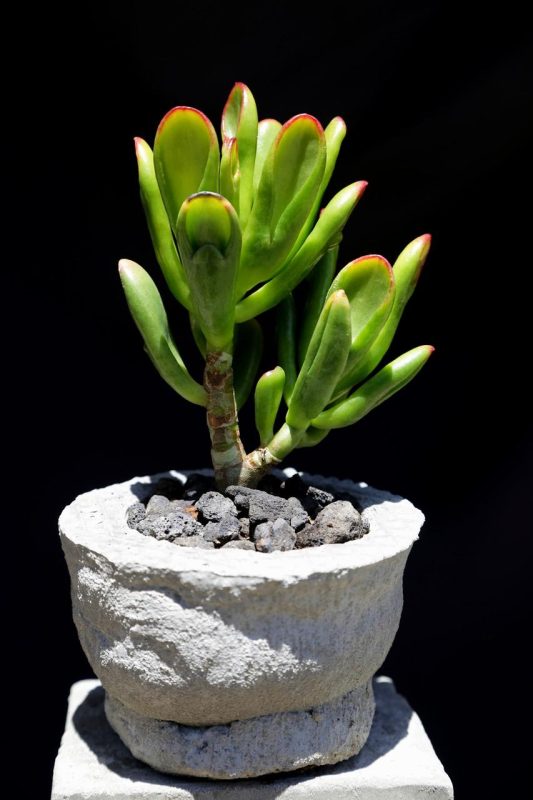
The Crassula, particularly the popular jade plant, is not only easy to care for but also known for its supposed ability to bring good luck. Its thick, fleshy leaves are classic succulent features that thrive in a variety of environments.
Pothos (Epipremnum aureum)

Pothos is an incredibly adaptable and hardy plant, making it a staple for many terrarium enthusiasts. Its trailing vines can add vertical interest, and it tolerates low light well, ensuring it remains vibrant in almost any setting.
Snake Plant (Sansevieria)
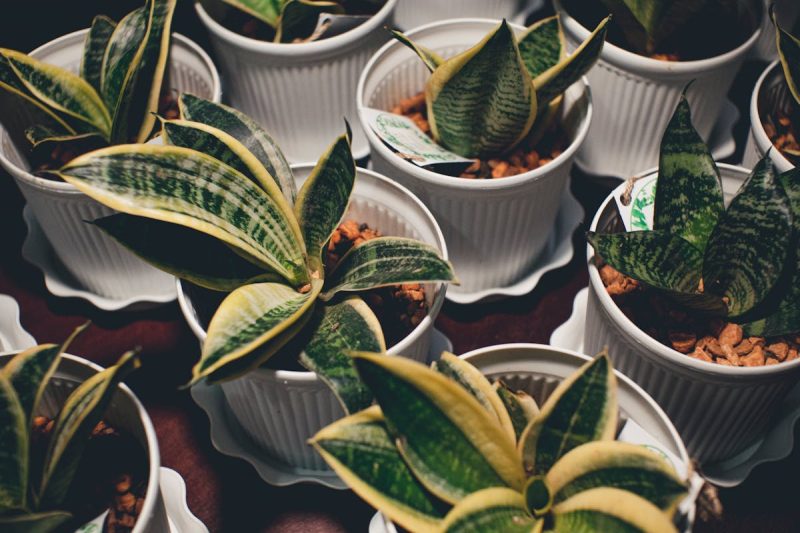
Known for its architectural shape and ability to survive in low-light conditions, the Snake Plant is a resilient choice for a terrarium. Its stiff, upright leaves can provide a lovely contrast to softer foliage in your arrangement.
Miniature Orchid (Dendrobium)
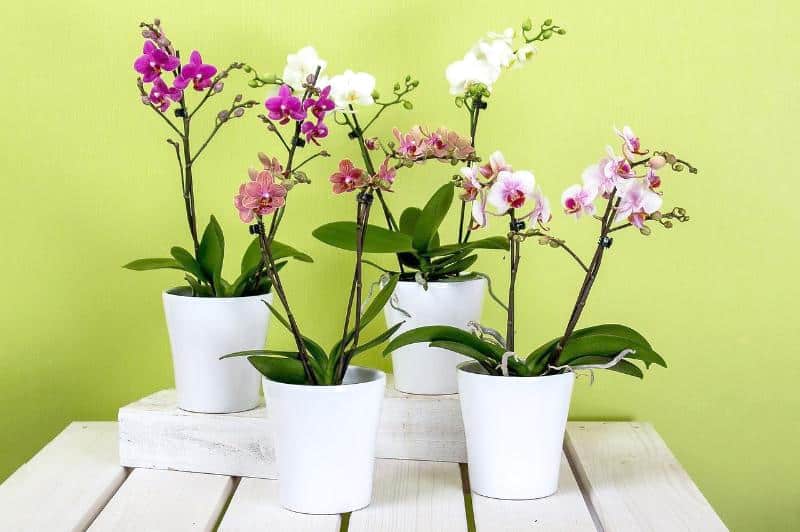
Miniature orchids offer a burst of color and exotic flair to terrariums. Varieties like Dendrobium are compact and can adapt well to glass containers, as long as they receive bright, indirect light and consistent humidity. Their delicate blossoms can add a touch of elegance to your green sanctuary.
Spider Plant (Chlorophytum comosum)

The classic spider plant is beloved for its air-purifying abilities and charming appearance. With its long, arching leaves and baby “pups,” it can make a delightful centerpiece in a terrarium. It thrives in bright, indirect light and is forgiving to beginner caretakers.
Cryptanthus (Earth Star Plant)
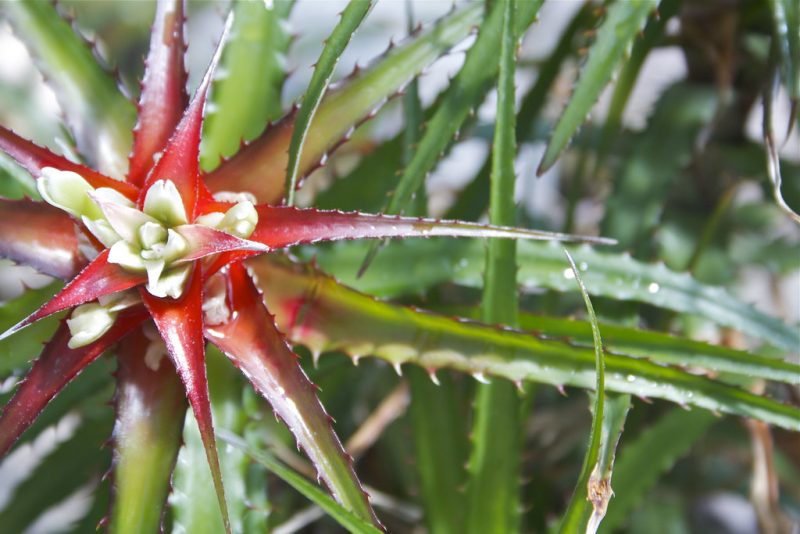
Cryptanthus, or Earth Star plants, feature star-shaped foliage that adds a unique texture and color to terrarium gardens. They thrive in humid conditions and indirect light, making them an excellent choice for those seeking a distinctive look.
Selaginella (Spike Moss)
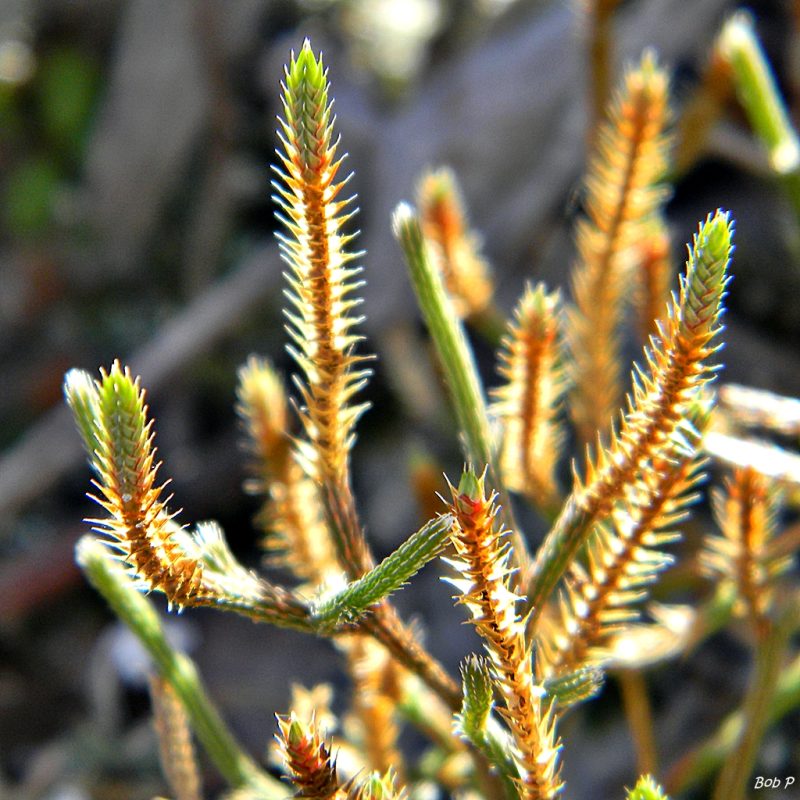
This plant is known for its lush, moss-like qualities and vibrant green hue. Selaginella prefers high humidity, making it an ideal plant for a terrarium that simulates a rainforest environment. Its unique texture can create a stunning backdrop for more prominent plants.
Neoregalia (Guzmania)
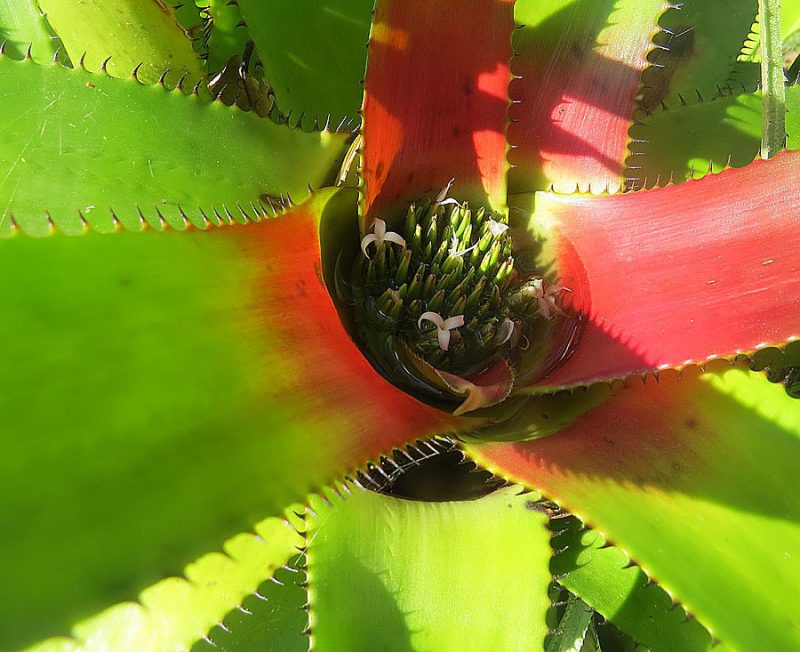
Neoregalia is a type of bromeliad that produces stunning rosettes. These colorful plants do well in terrarium settings and can thrive in low-light environments, adding a pop of color with minimal care. Their ability to retain water in their leaves makes them low-maintenance choices for terrariums.
Hoya (Wax Plant)
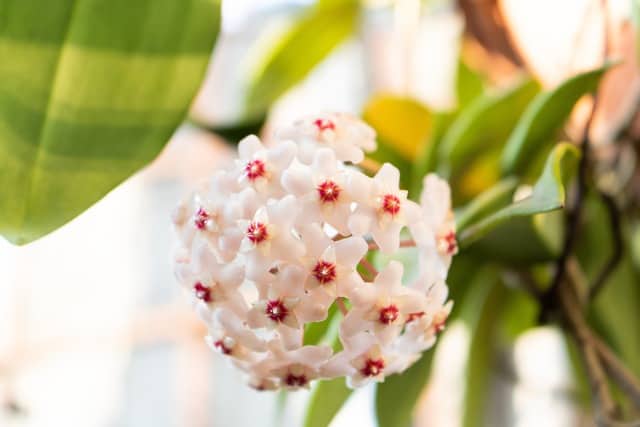
Hoya plants are known for their waxy leaves and sweet-smelling flowers. These vining plants can add vertical interest to a terrarium and prefer bright, indirect light. Their beautiful foliage and unique flowers create a dynamic element in glass displays.
Echeveria
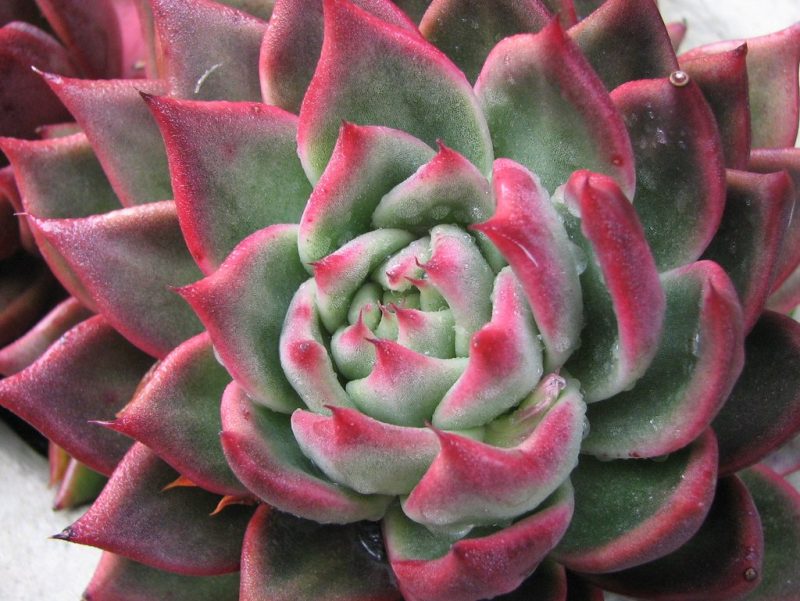
The Echeveria is a charming succulent recognized for its rosette growth habit. With stunning varieties ranging from pale green to deep burgundy, Echeverias are drought-tolerant and enjoy bright light, making them an attractive and resilient option for terrariums.
Rhipsalis (Mistletoe Cactus)

Rhipsalis, commonly known as mistletoe cactus, is a unique member of the cactus family. Its elongated, green stems create an intriguing display that trails beautifully when placed in terrariums. They prefer bright, indirect light and are relatively low-maintenance.
Fuchsia
Fuchsia plants bring vibrant colors and delicate flowers that can thrive in terrariums with proper conditions. While they require a bit more attention, their stunning blooms can turn any terrarium into a captivating focal point.
Baby Tears (Soleirolia soleirolii)
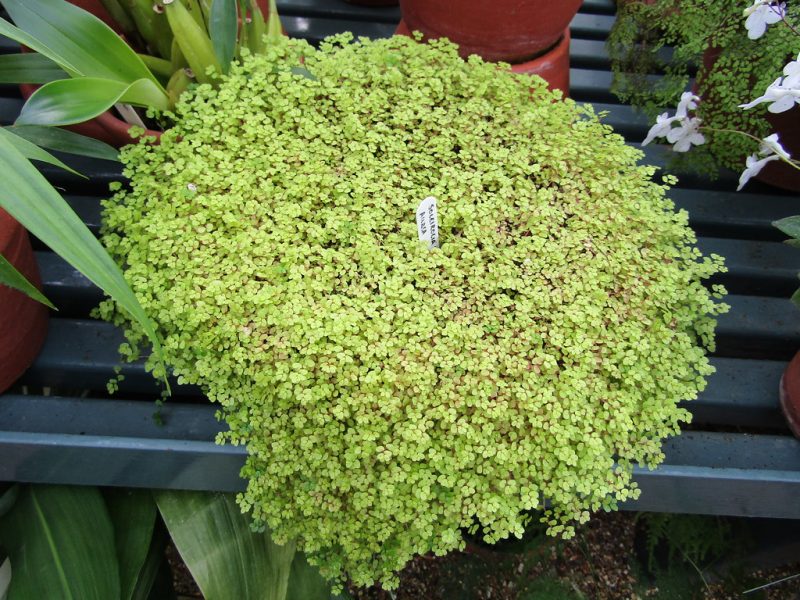
Baby tears is a delicate plant with tiny leaves and a lush, creeping growth habit. This plant thrives in moist conditions, making it well-suited for terrariums. Its ability to form dense mats adds a lovely soft texture to the landscape.
African Violet (Saintpaulia)
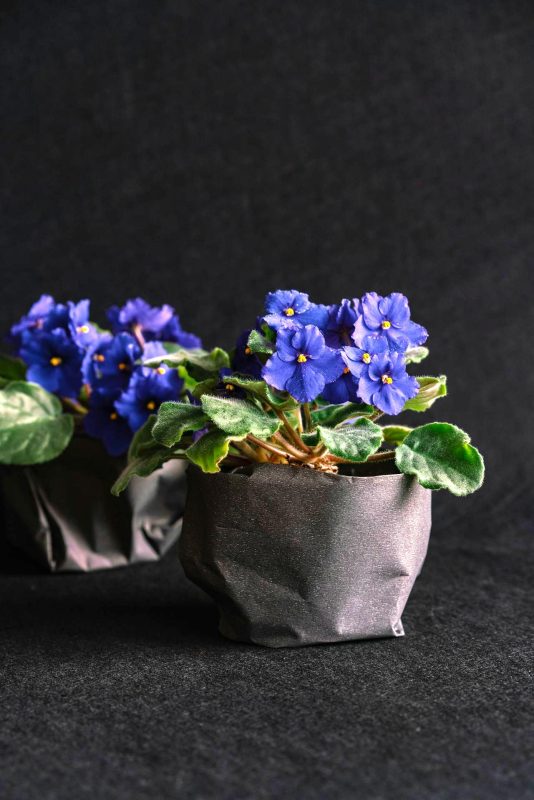
African violets are popular houseplants known for their beautiful, colorful blooms. They can do well in terrarium settings if provided with sufficient indirect light and humidity. Their attractive flowers add a pop of color to your greenery.
Jewel Orchid (Ludisia discolor)
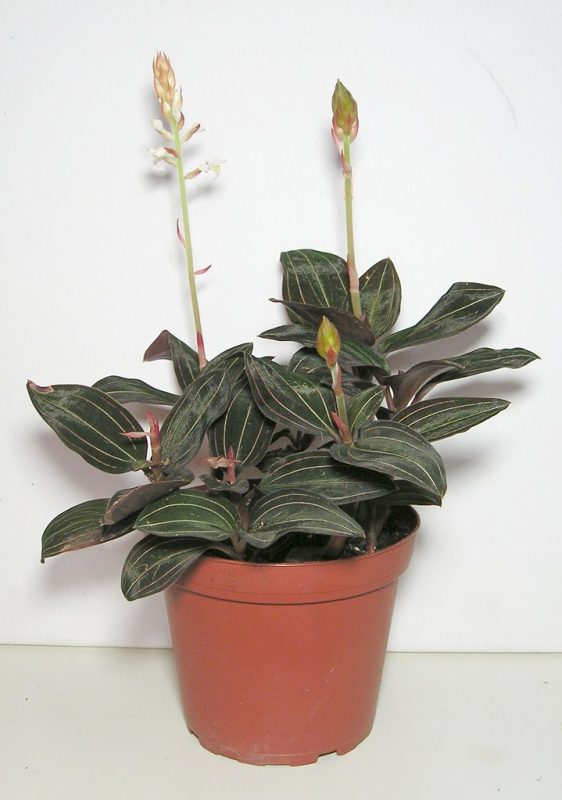
Jewel orchids are a rare find for terrarium enthusiasts, prized for their striking foliage with deep burgundy and silvery patterning. They thrive in humid environments and low light, making them an exquisite addition to your glass garden.
Umbrella Plant (Schefflera)
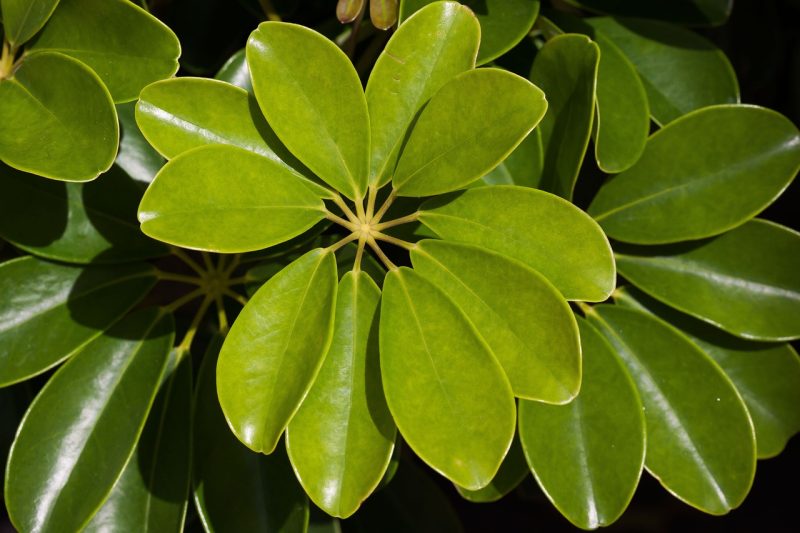
The Schefflera, or umbrella plant, has large, glossy leaves that can positively impact any terrarium display. It thrives in natural light and prefers to be watered thoroughly but not too frequently, making it a robust choice for a glass container.
Coleus
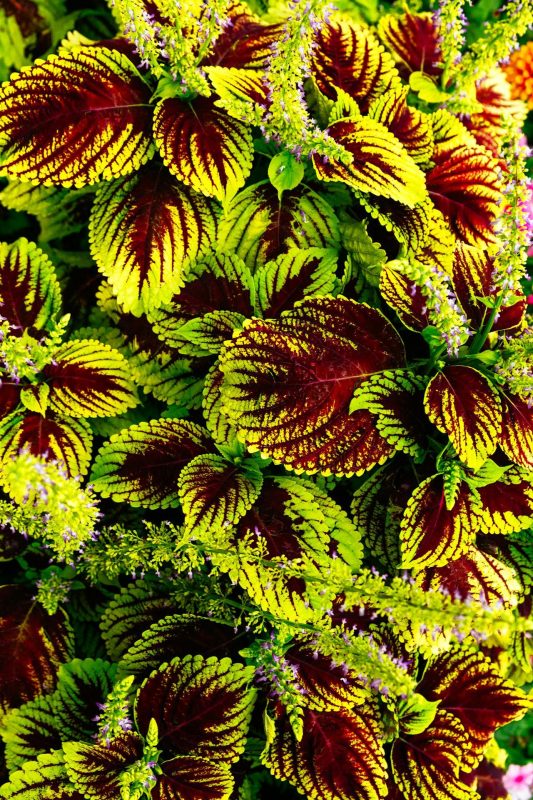
Coleus plants are known for their colorful foliage and can add a vibrant element to terrariums. They thrive in indirect light and prefer slightly moist soil, making them a popular choice for those looking to add some flair.
Peace Lily (Spathiphyllum)
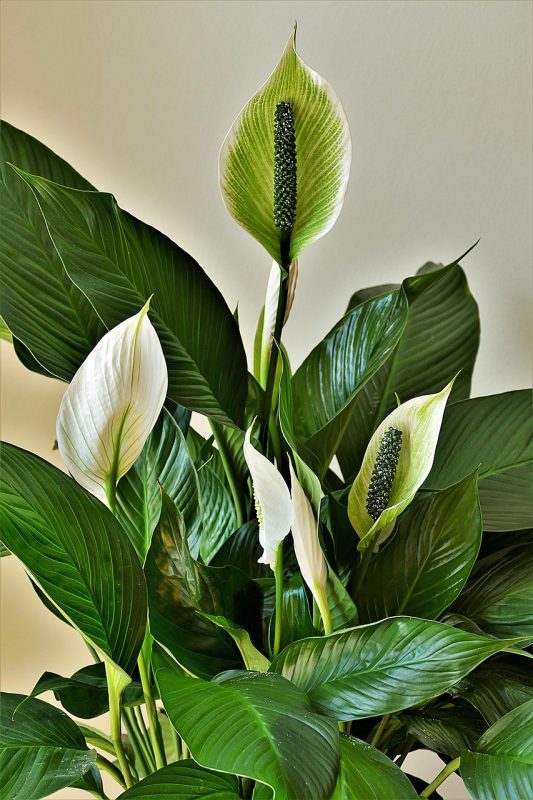
The Peace Lily is famous for its lush green leaves and elegant white blooms. It thrives in low to medium light and enjoys consistently moist soil, making it an excellent candidate for a terrarium. Not only does it add a touch of grace to your arrangement, but it also helps purify the air, adding functional beauty to your ecosystem.
Sedum (Stonecrop)

With their charming, fleshy leaves, Sedum succulents are a fantastic choice for terrariums that require low maintenance. They come in various shapes and colors, which can make your terrarium visually stunning. Sedums prefer bright light and should be watered sparingly, making them perfect for busy plant lovers.
Staghorn Fern (Platycerium)
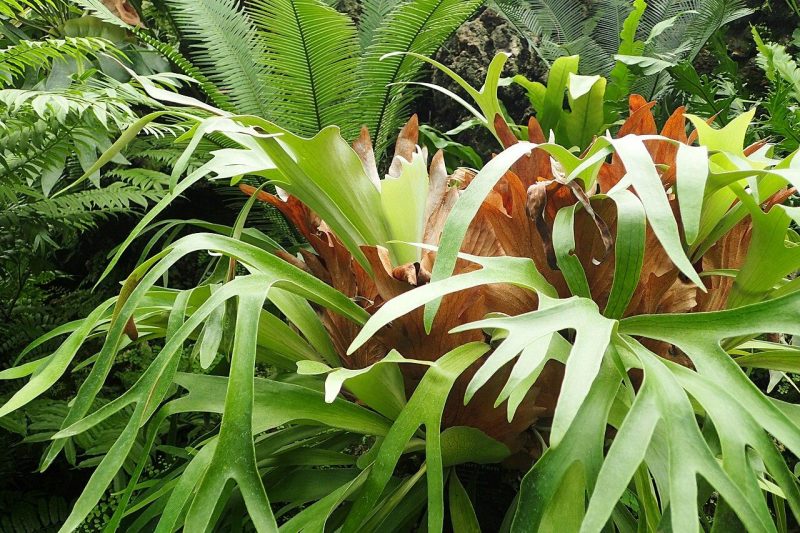
Staghorn ferns are unique plants known for their distinctive, antler-shaped fronds. While they are often mounted on wood, they can also thrive in terrariums with good humidity levels and indirect light. Their unusual appearance can create a striking focal point in your glass ecosystem.
Basil (Ocimum basilicum)
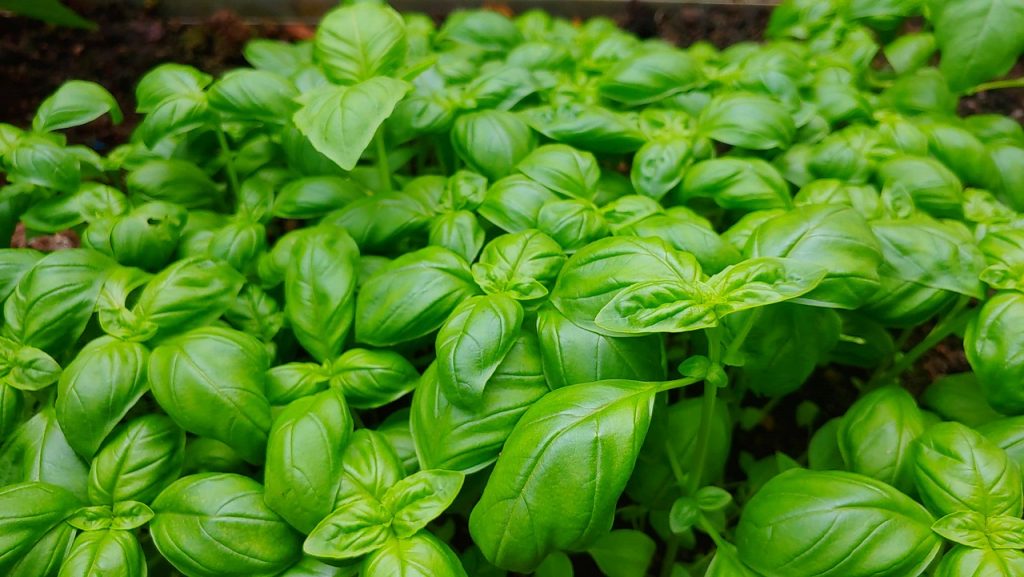
For a twist on traditional terrariums, consider incorporating herbs like basil. This fragrant herb thrives in slightly warmer temperatures with bright light and can add a delightful scent to your terrarium environment. Additionally, it’s perfect for mini edible gardens.
Dracaena (Dragon Tree)
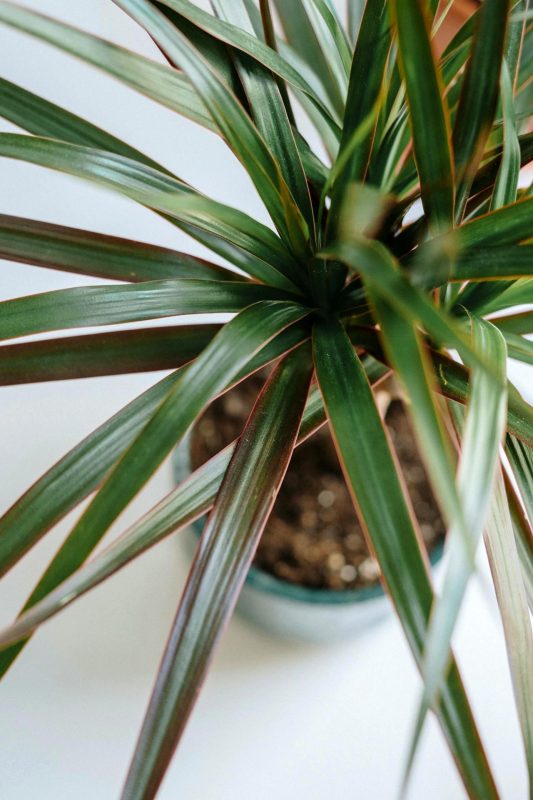
Dracaena varieties, particularly the compact ones, bring a tropical vibe to any terrarium. Their upright growth and striking, sword-like leaves can add height and contrast to your setup. Dracaenas enjoy indirect sunlight and moderate watering, making them manageable for all levels of plant caretakers.
Golden Pothos (Epipremnum aureum ‘Golden’)
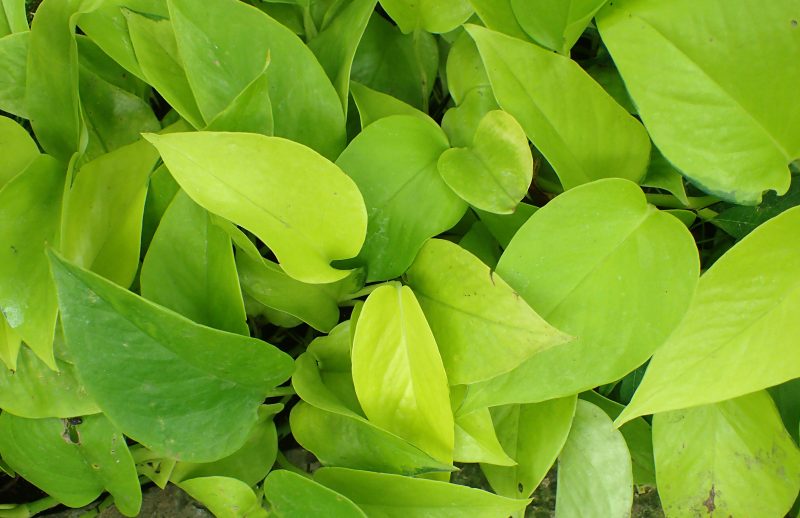
Golden Pothos is a variation of the classic pothos, featuring attractive golden variegation on its leaves. This hardy plant can tolerate low light, making it an ideal choice for terrariums. Its trailing vines lend an organic, cascading effect to glass containers.
Carnivorous Plants (Sarracenia)
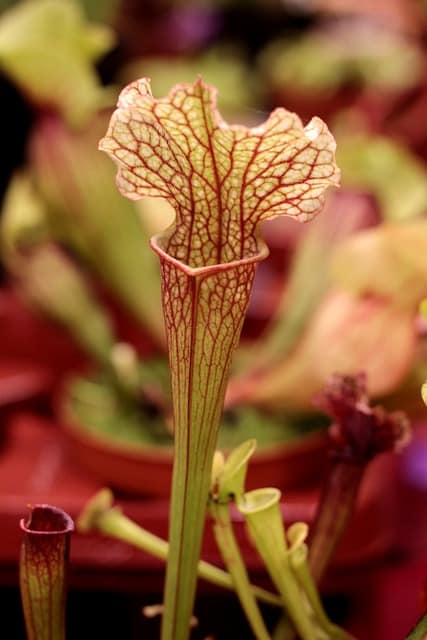
For an adventurous twist, consider including carnivorous plants like Sarracenia, commonly known as pitcher plants. These unique specimens are not only fascinating but also thrive in high humidity and bright, indirect light. They can bring an unusual and engaging element to your terrarium.
Moss (Various species)
Moss is a foundational component of many terrariums, contributing to a lush, verdant appearance. Various species, such as sheet moss or cushion moss, can thrive in the humid environment of a terrarium. Additionally, moss cares for moisture retention and acts as a natural soil substitute.
Sphagnum Moss
Sphagnum moss is incredibly useful in terrarium creation, both as a substrate and for decoration. It helps maintain humidity, offers a beautiful green backdrop, and can aid in water retention. This versatile element enhances the overall aesthetic while creating a healthy environment for your plants.
String of Pearls (Senecio rowleyanus)
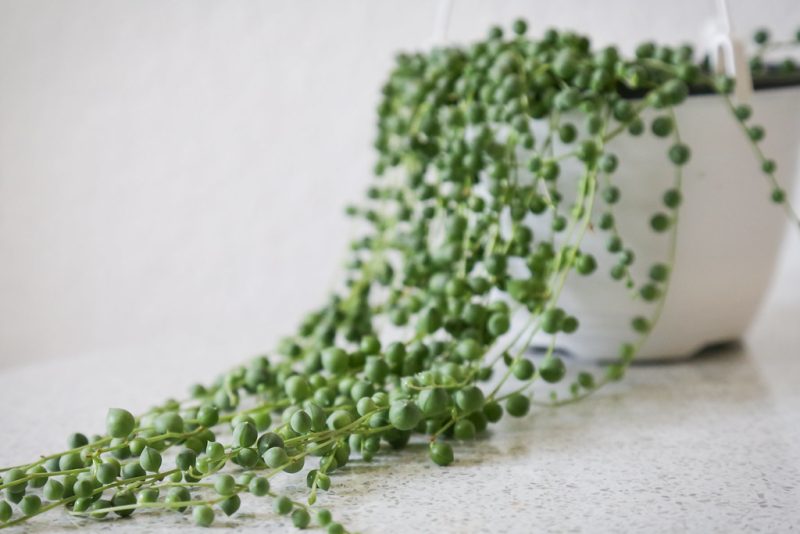
The String of Pearls is a unique succulent that features long, trailing strands of round, bead-like leaves. This enchanting plant thrives in bright, indirect light and adds a whimsical touch that is perfect for hanging terrariums or those with tall formations.
Aloe Vera
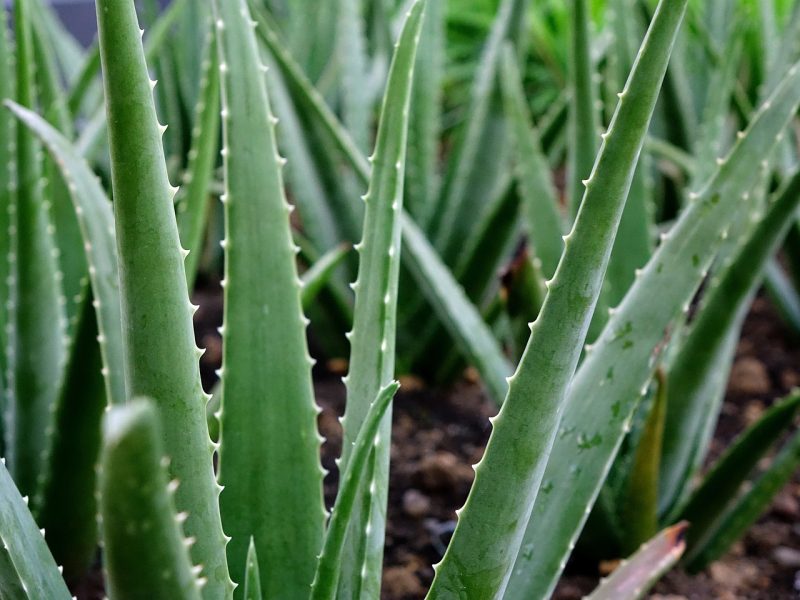
Aloe Vera is a well-known succulent prized not just for its beauty but for its medicinal properties. Its fleshy, spiky leaves provide a stunning architectural element in terrariums. Aloe Vera thrives in bright light and requires infrequent watering, making it a perfect choice for those seeking a low-maintenance plant that also adds a touch of practicality.
Begonia
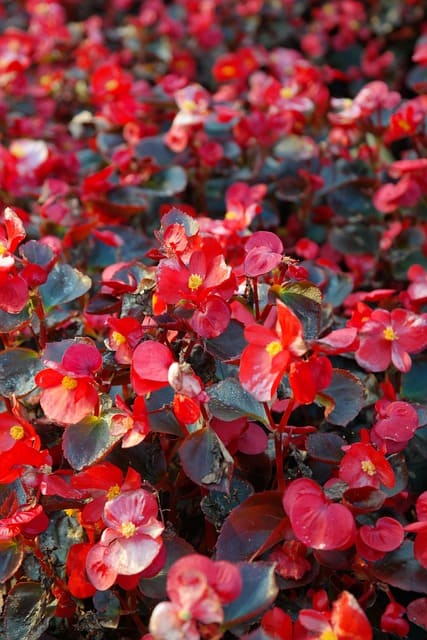
Begonias offer a wealth of variety, boasting beautiful foliage and vibrant flowers. Many begonias thrive in humid conditions, making them suitable for terrariums. Their diverse leaf shapes and colors, ranging from deep greens to vibrant reds and pinks, can create a visually captivating display.
Coral Cactus (Euphorbia lactea)
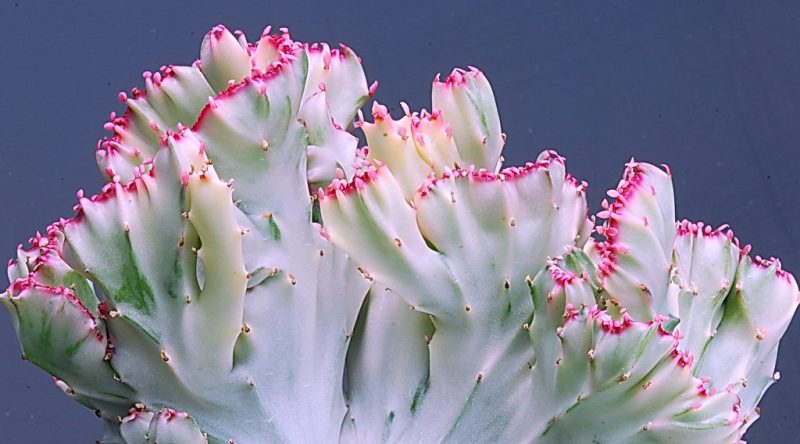
The Coral Cactus is a striking plant recognized for its unique, colorful structure that resembles coral. Its unusual appearance adds a touch of drama to any terrarium. This low-maintenance succulent prefers bright light and minimal water, fitting well into drought-resistant arrangements.
Kalanchoe
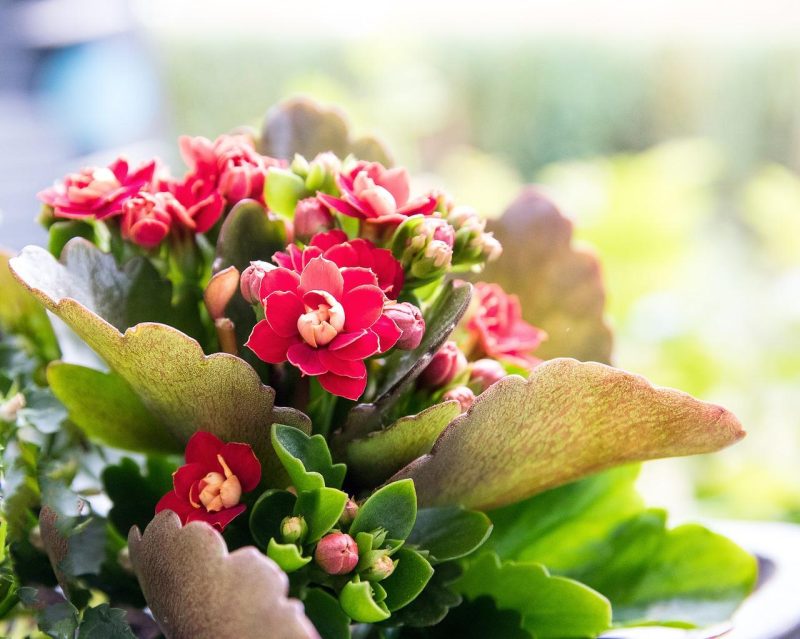
Kalanchoe is another succulent that shines in terrariums with its vibrant tubular flowers and fleshy leaves. They thrive in bright, indirect light and require minimal watering. This makes them a resilient option for anyone wanting colorful blooms in their glass garden.
Emerald Ripple Peperomia
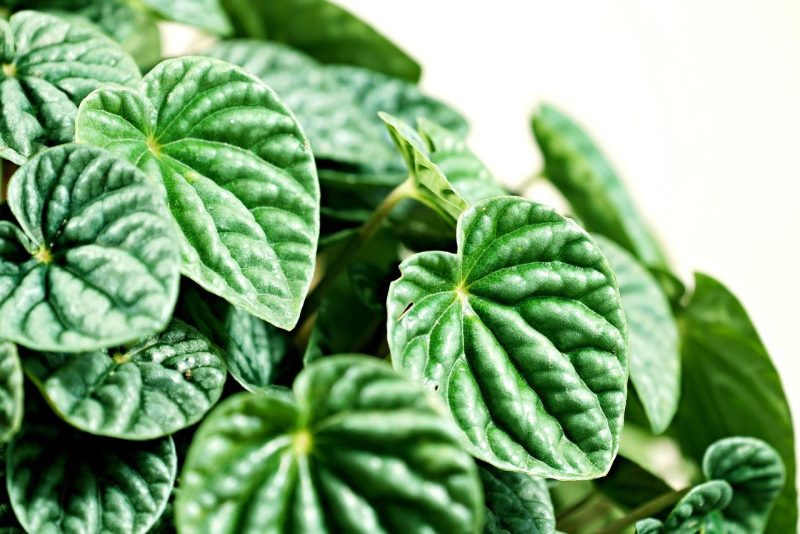
The Emerald Ripple Peperomia is particularly beloved for its textured, dark green leaves adorned with a rippled appearance. This plant does exceptionally well in lower light conditions and prefers high humidity, making it a charming and easy-to-care-for addition to your terrarium.
Sweet Flag (Acorus gramineus)
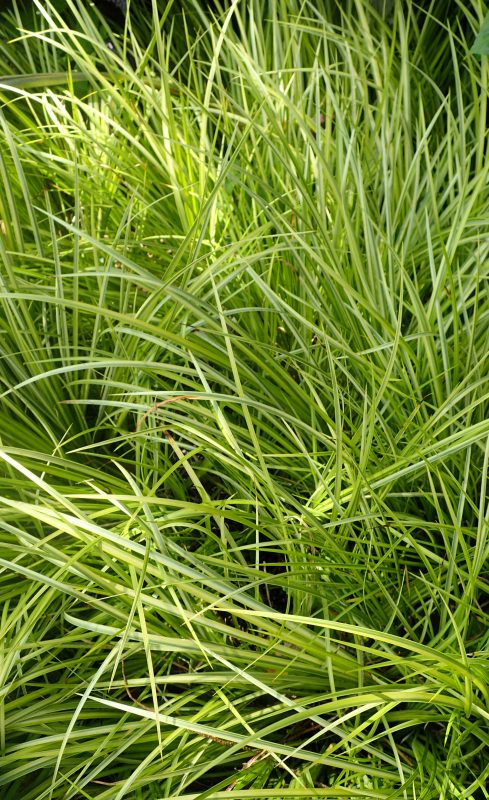
Sweet Flag is a lovely aquatic plant with slender, grassy foliage that can thrive in terrarium conditions with ample moisture. Its vibrant green leaves and tolerance of water add a soothing element, perfect for establishing a serene miniature landscape.
Golden Barrel Cactus (Echinocactus grusonii)
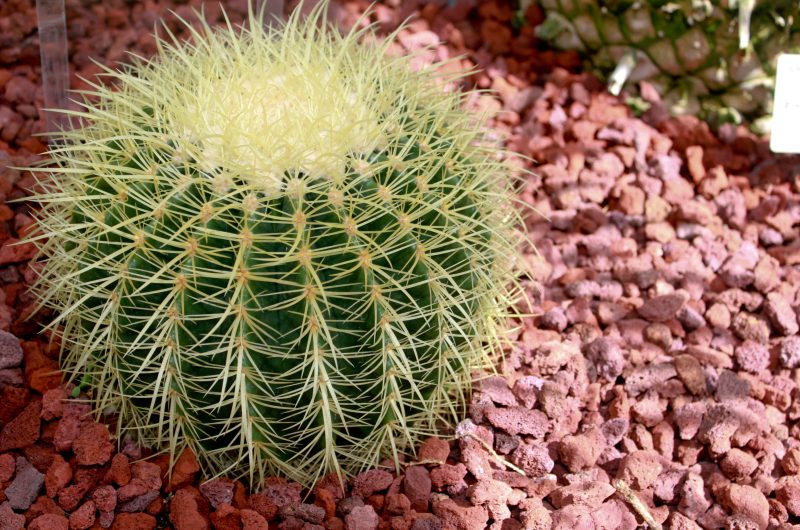
The Golden Barrel Cactus is a robust, spherical succulent adorned with spiky golden spines. It not only adds a visually striking element but also contributes to the terrarium’s drought-tolerant character. This cactus loves full sun and minimal watering, making it an excellent choice for warm environments.
Parlor Palm (Chamaedorea elegans)
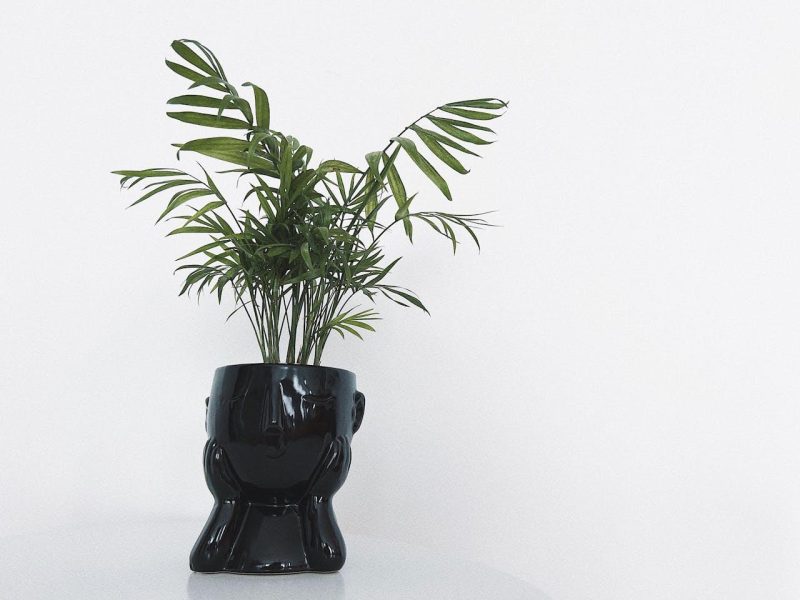
The Parlor Palm is a classic houseplant that makes an elegant choice for terrariums. Its lush, arching fronds can create a soft, inviting atmosphere while thriving in low light and moderate humidity. This plant is relatively easy to care for, making it suitable for all experience levels.
Nolina (Ponytail Palm)
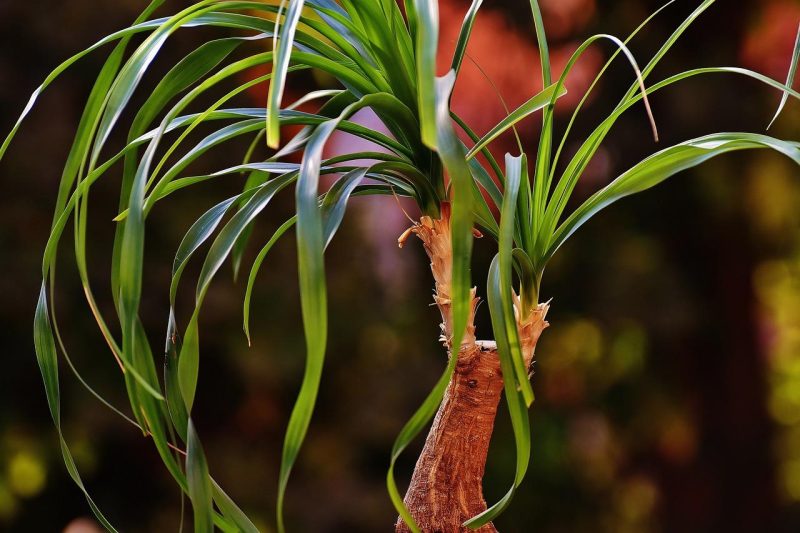
Nolina, commonly known as the Ponytail Palm, features a unique bulbous trunk with long, arching leaves that resemble a ponytail. It thrives in bright light and is drought-tolerant, making it perfect for a terrarium that enjoys occasional neglect. Its distinctive appearance adds a sculptural element that can be a standout feature in any mini garden.
Silver Falls ( Dichondra argentea)

Silver Falls is a trailing plant known for its stunning, silvery foliage that can cascade beautifully down the sides of a terrarium. It prefers indirect light and moderate watering, but can tolerate dry conditions, making it a resilient option that adds a shimmering effect to the landscape.
Chinese Evergreens (Aglaonema)
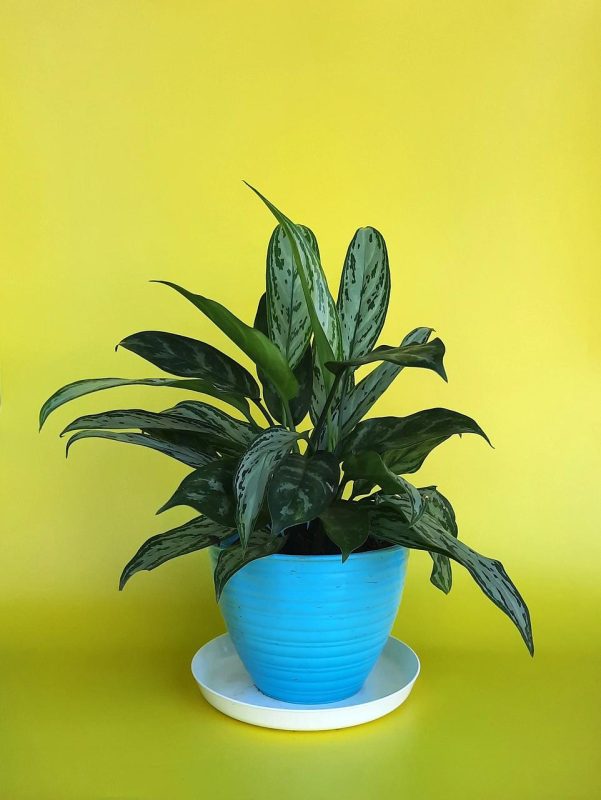
Chinese Evergreens are popular houseplants known for their attractive foliage and ability to adapt to various light conditions. They come in various color combinations, including shades of green, silver, and red. They thrive in moderate to low light, making them an ideal choice for most terrariums.
Ferns (Various Types)
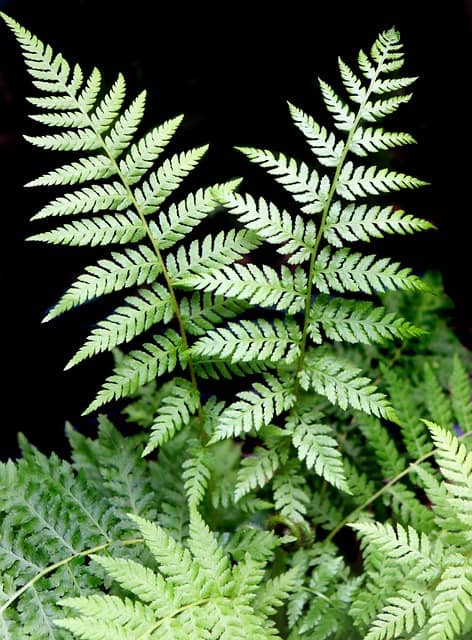
Ferns, such as Boston Fern (Nephrolepis exaltata) or Maidenhair Fern (Adiantum), are excellent candidates for terrarium environments due to their love for humidity and shade. They add a lush, woodland look to your terrarium and can thrive in indirect light, contributing to that serene aesthetic.
Peperomia (Various Species)
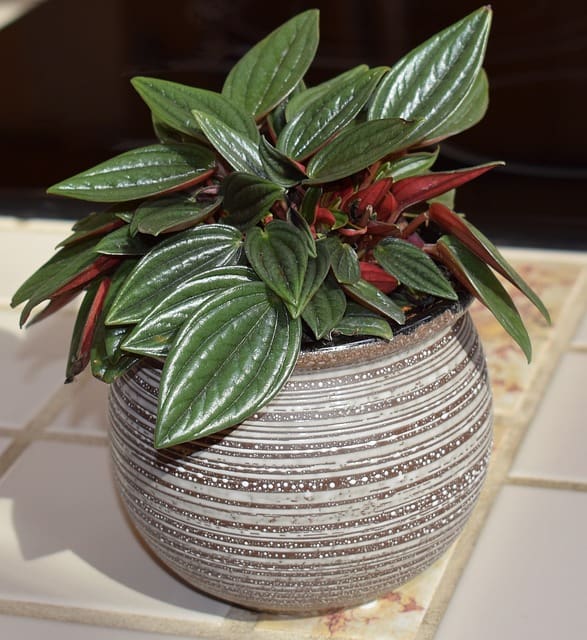
Peperomia plants are compact and diverse, offering interesting textures and colors that enrich terrarium displays. Varieties like Peperomia obtusifolia or Peperomia caperata thrive in moderate light and require minimal care, making them suitable for glass gardens.
Pinguicula (Butterwort)
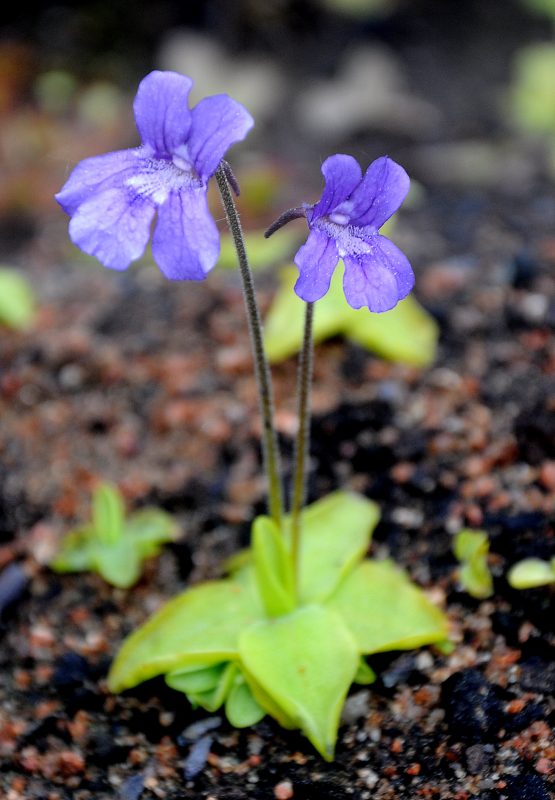
Pinguicula is a carnivorous plant known for its beautiful rosette of succulent leaves and delicate flowers. In terrariums, it thrives in high humidity and bright light and can also help control pests by catching insects with its sticky leaves. This addition brings functionality, beauty, and a unique twist to your setup.
Chives (Allium schoenoprasum)
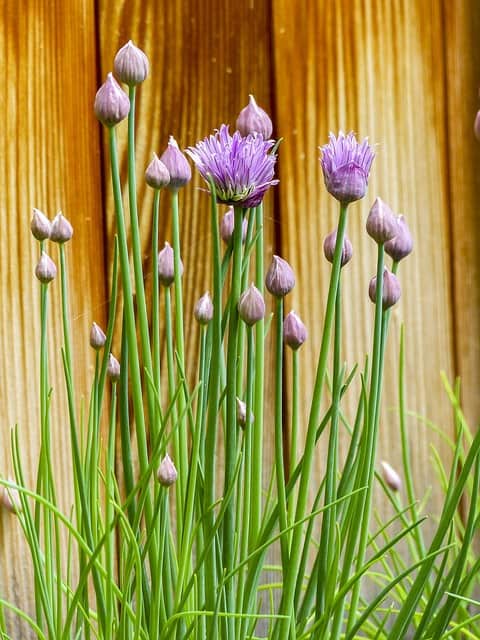
Chives are not only a useful culinary herb but also make for an attractive addition to terrariums due to their delicate, grassy appearance. They require bright light and regular watering, similar to other herbs, and can be snipped to use in cooking while looking lovely in your mini garden.
Tradescantia (Wandering Jew)
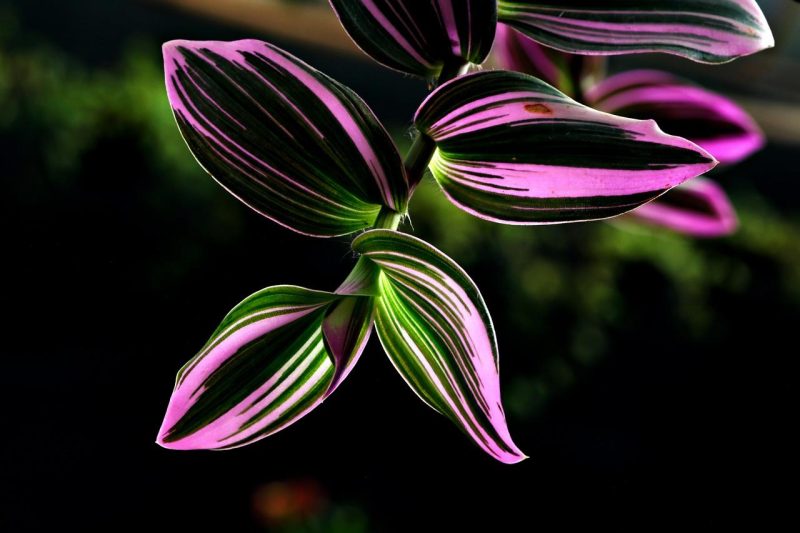
Tradescantia plants are known for their trailing vines and gorgeous, often variegated leaves in shades of green, purple, and silver. They thrive in moderate to bright indirect light and enjoy humidity, making them a wonderful choice for cascading over the edges of a terrarium. Their growth habit and colorful foliage can add a touch of movement and life to your setup.
Oxalis (Wood Sorrel)
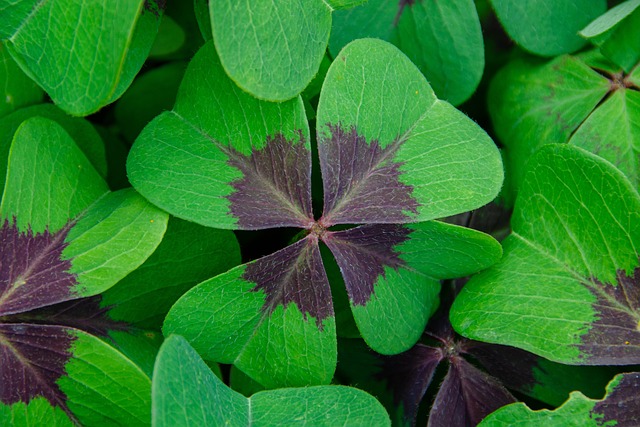
Oxalis is known for its trifoliate leaves that can fold up at night. The vibrant green or burgundy leaves, often paired with delicate flowers in shades of pink or white, add charm to terrariums. They prefer indirect light and consistent moisture, making them suitable for various environments.
Sweet Potato Vine (Ipomoea batatas)
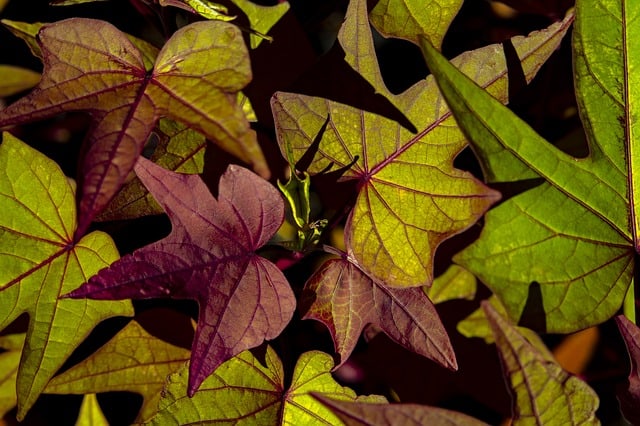
The Sweet Potato Vine is celebrated for its vibrant foliage and trailing growth, adding a vital element to terrariums. They thrive in bright, indirect light and require regular watering. Their interesting leaf shapes and colors, ranging from bright lime green to deep purple, can enhance the visual appeal of any glass garden.
Peppermint (Mentha × piperita)

Peppermint is a fragrant herb that brings a refreshing aroma to your terrarium. It thrives in bright light and appreciates humidity, making it suitable for enclosed terrariums. The leaves can be harvested for culinary use and to enjoy their delightful scent in your indoor space.
Cacti (Various Types)
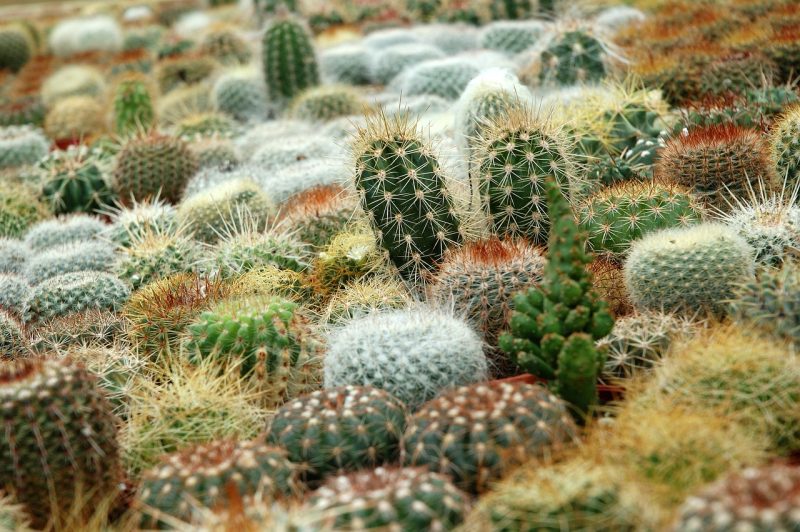
A diverse assortment of miniature cacti can create a stunning, low-water terrarium. Cacti like the Mammillaria or Echinopsis varieties offer unique shapes and colors. Most cacti thrive in bright light and require infrequent watering, making them perfect for adding a touch of desert aesthetic to your arrangement.
Nepenthes (Tropical Pitcher Plant)

Nepenthes, commonly known as tropical pitcher plants, are fascinating carnivorous plants that can thrive in terrarium conditions. Their unique pitcher-shaped leaves can catch and digest insects, adding an intriguing element to your arrangement. They prefer high humidity and bright, indirect light, making them perfect for a mini ecosystem that mimics their natural habitat.
Hens and Chicks (Sempervivum)
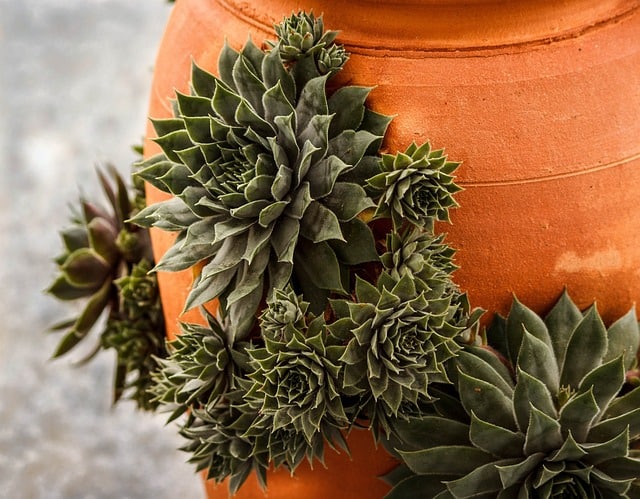
Hens and Chicks is a beloved succulent that forms rosettes and produces offsets, perfectly suited for terrarium life. These resilient plants are drought-tolerant, thriving in bright light and requiring minimal watering. Their compact size and attractive foliage create a charming display that can easily adapt to various terrarium designs.
Asparagus Fern (Asparagus setaceus)
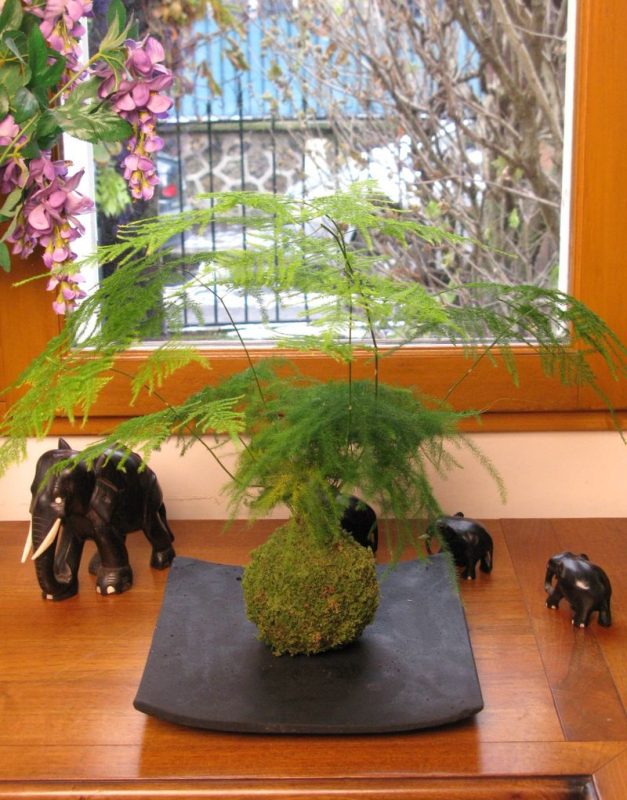
Despite its name, the Asparagus Fern is not a true fern. Its delicate, feathery foliage adds a soft, graceful touch to terrariums. This plant enjoys bright, indirect light and higher humidity levels, making it a great choice for creating a lush, vibrant display.
Pansy (Viola tricolor)
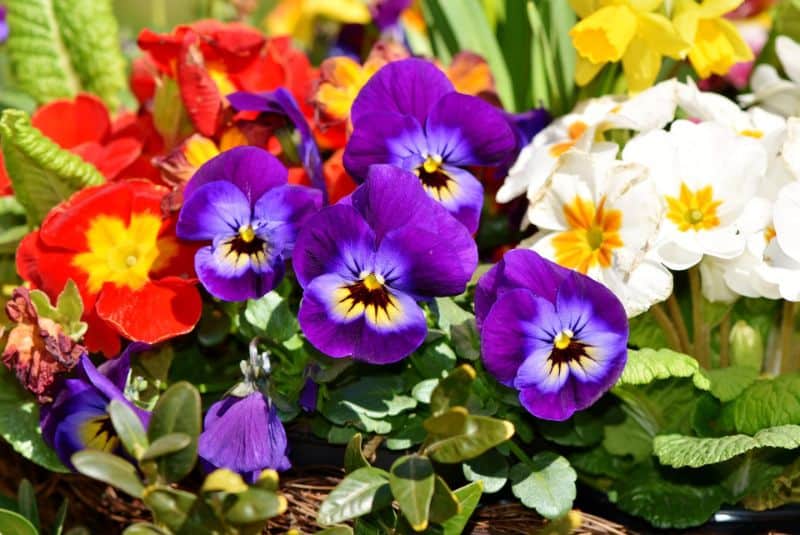
Pansies are charming, flowering plants that can add color and vibrancy to terrariums. They prefer moderate light and should be kept moist but not soggy. With their array of bright colors and delightful fragrance, pansies can contribute to a cheerful atmosphere in your terrarium.
Lemon Balm (Melissa officinalis)
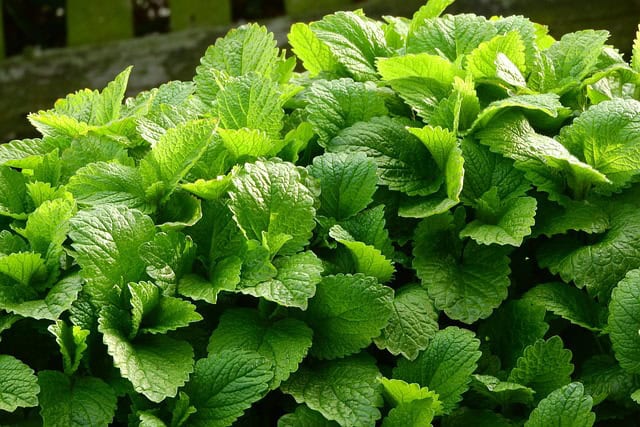
Lemon Balm is a fragrant herb known for its lemon-scented leaves. It thrives in bright light and moderate humidity, making it a delightful addition to a terrarium. This plant can grow rapidly, so regular pruning can help maintain its compact size while allowing you to enjoy its refreshing aroma.
Pilea (Friendship Plant)
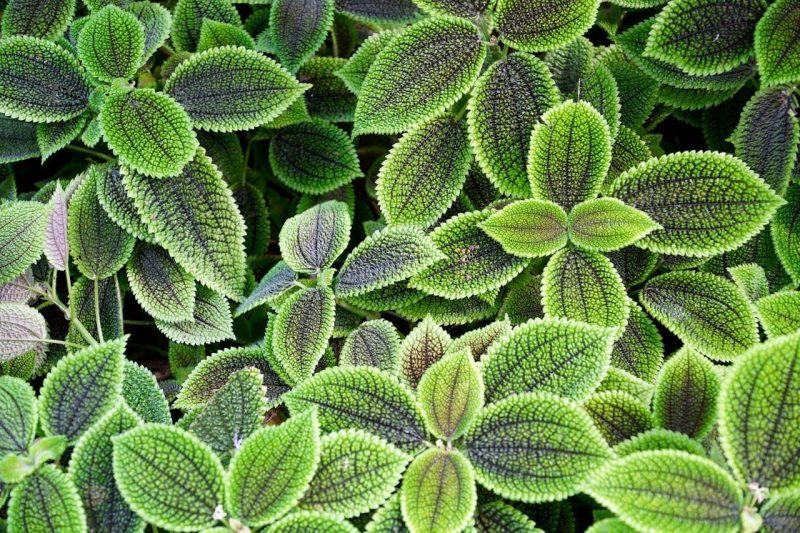
Pilea, often referred to as the Friendship Plant, is known for its round, coin-shaped leaves and can add a playful touch to your terrarium. It thrives in bright, indirect light and enjoys humidity. The lush leaves can create an inviting atmosphere as they fill out over time.
Bromeliads (Various Species)
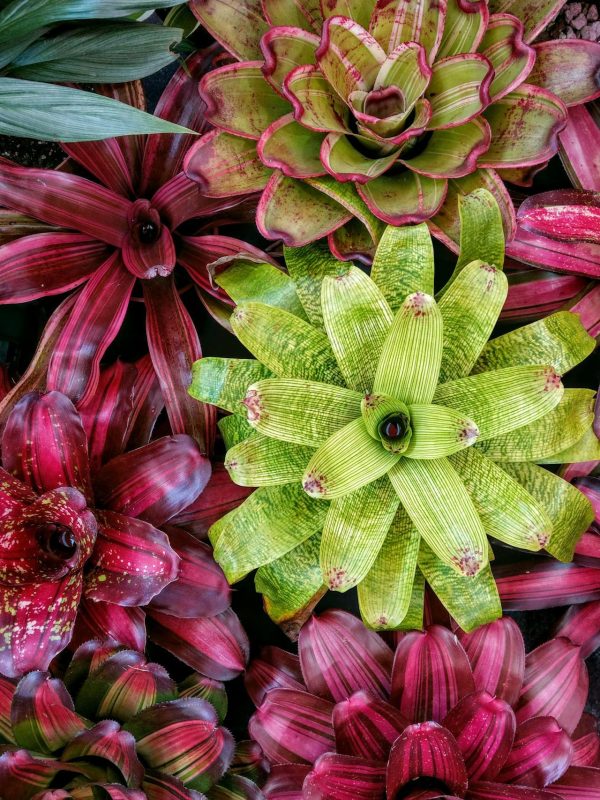
Bromeliads are unique tropical plants known for their striking rosettes and colorful flowers. They can add a stunning visual impact to any terrarium. Preferring bright, indirect light and high humidity, bromeliads grow well in enclosed terrariums. Their unique shapes and vibrant blooms will certainly draw the eye and can enhance the tropical theme of your display. They also have an interesting method of water retention, as they can hold water in their leaf rosettes, contributing to the humid environment necessary for the health of other plants in the terrarium.
Paperwhite Narcissus (Narcissus tazetta)

Paperwhite Narcissus, known for their fragrant, delicate white flowers, can also be a charming addition to terrariums. These bulbs can thrive in bright, indirect light and prefer slightly moist conditions. Positioned within the terrarium, their seasonal blooms can provide a delightful change throughout the year, enhancing the garden’s aesthetic charm.
Mosaic Plant (Hemigraphis alternata)
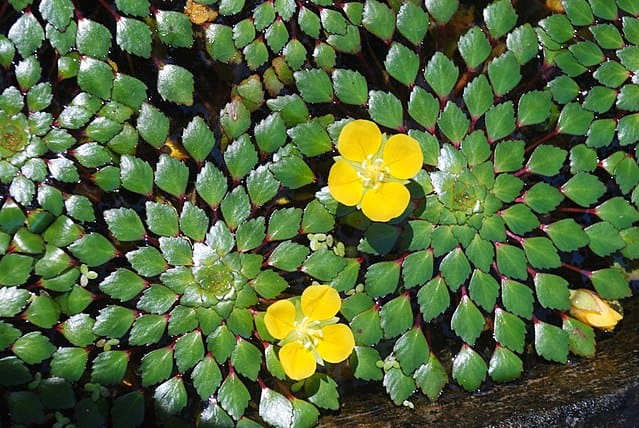
The Mosaic Plant is prized for its striking, multicolored leaves that feature stunning green, purple, and silver patterns. It grows well in low to moderate light and prefers humidity, making it ideal for terrarium life. Its colorful foliage adds richness and texture to the overall design, maintaining an inviting and decorative look.
Sedum (Various Species)
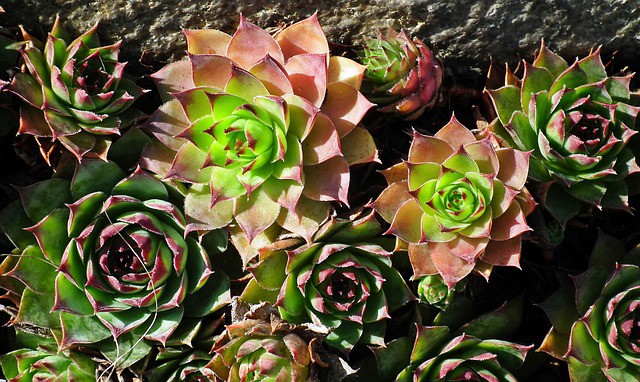
Sedum, or stonecrop, is a hardy succulent genus that encompasses many varieties suitable for terrariums. With their appealing colors and textures, sedums thrive in bright light and require minimal watering. Their growth habits vary—some are trailing, while others are more upright—offering versatility in design. Using sedum in your terrarium can create an interesting composition while ensuring low-maintenance care.
Rattlesnake Plant (Calathea lancifolia)
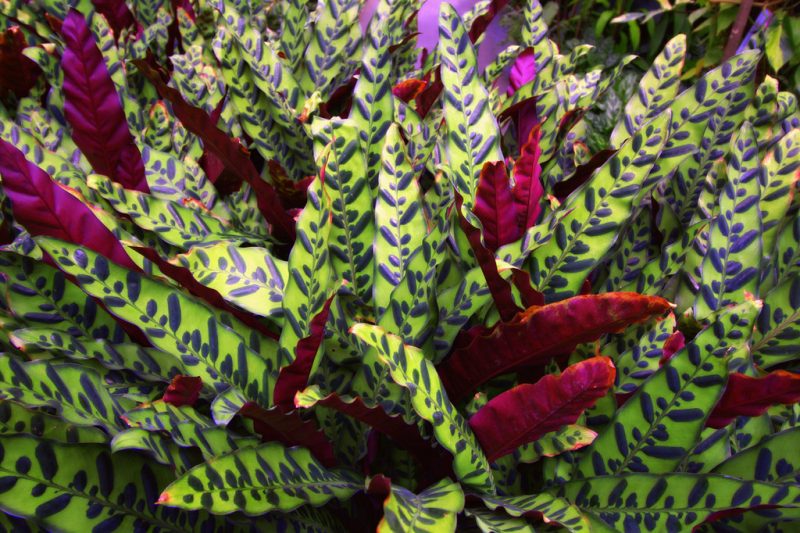
The Rattlesnake Plant is known for its long, narrow leaves adorned with unique wavy patterns resembling the rattle of a snake. It prefers moderate light and high humidity, thriving in terrariums. This plant’s captivating leaf patterns can add an exotic flair and a striking visual element to your arrangement.
Agave (Various Species)
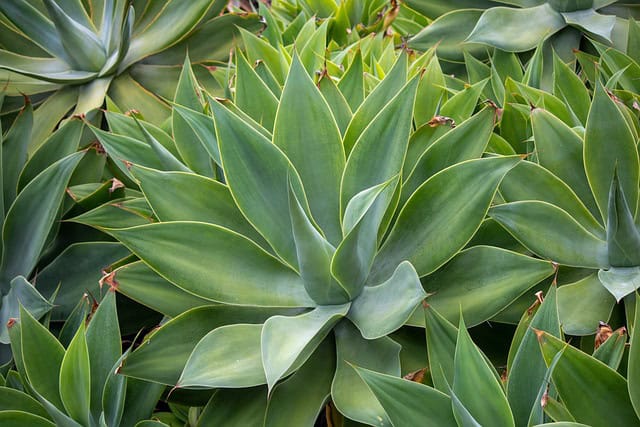
Agave plants are sturdy succulents that offer architectural interest with their rosette growth and spiky leaves. They thrive in bright light and require infrequent watering. Agave’s interesting shapes and textures can serve as focal points in your terrarium, giving it a distinct, bold character.
Acanthocalycium (Cactus)
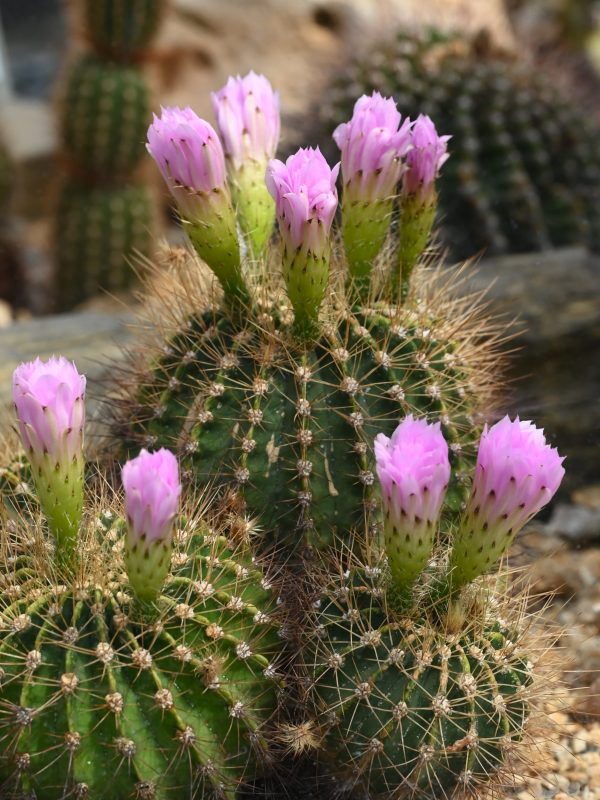
Acanthocalycium is a genus of beautiful cacti known for their columnar shape and vibrant flowers. These cacti prefer bright, direct light and minimal water. They can add a touch of the desert to your terrarium and attract attention with their unique forms and colorful blooms.
Caladium (Caladium bicolor)
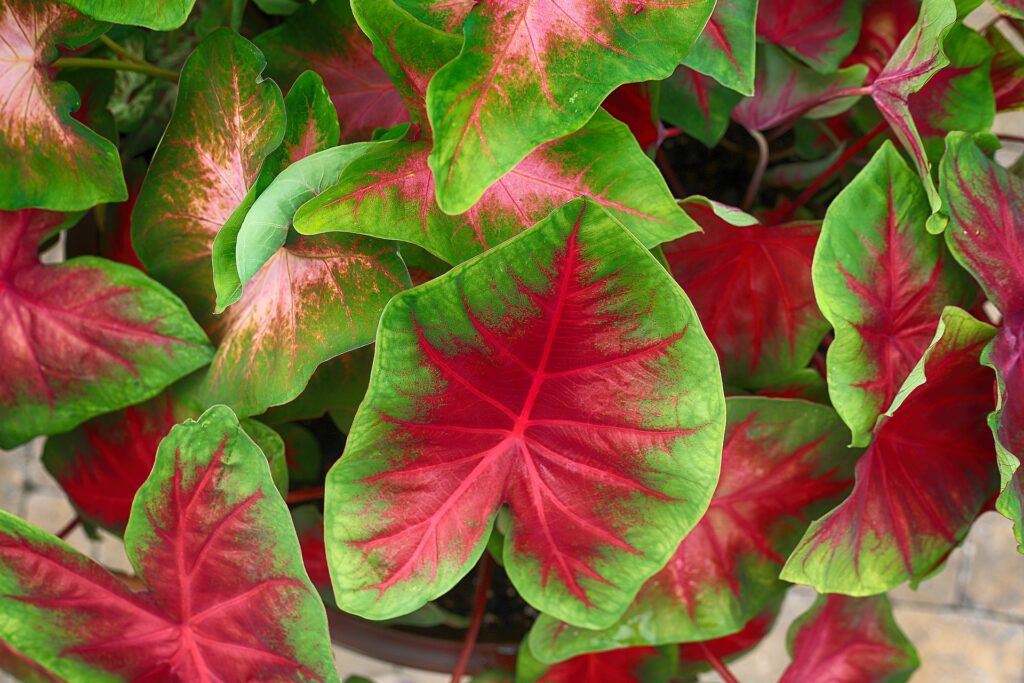
Caladiums are famous for their stunning, heart-shaped leaves that showcase dramatic patterns and colors, ranging from vibrant greens to vivid pinks and reds. They thrive in low to bright indirect light and appreciate humidity, making them perfect for terrarium environments. Their foliage can provide lush, tropical vibes, adding a touch of elegance to any arrangement.
Miniature Toad Lily (Tricyrtis)
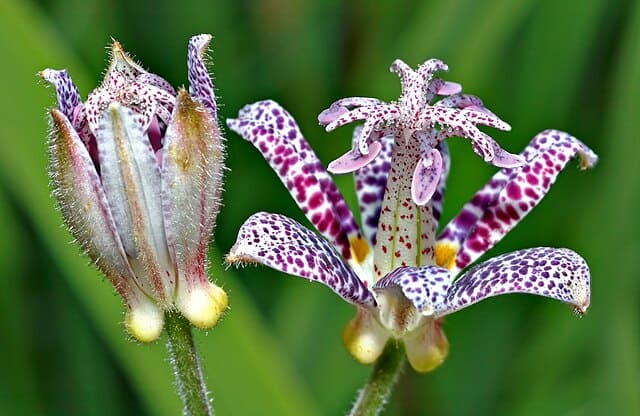
Miniature Toad Lilies are unique for their delicate, orchid-like flowers that bloom in the fall. They prefer partial shade and moist soil, making them well-suited for terrariums with indirect light and high humidity. Their exotic appearance and nodding flowers can create a delightful focal point, especially suitable for terrariums made to mimic woodland environments.
Creeping Jenny (Lysimachia nummularia)
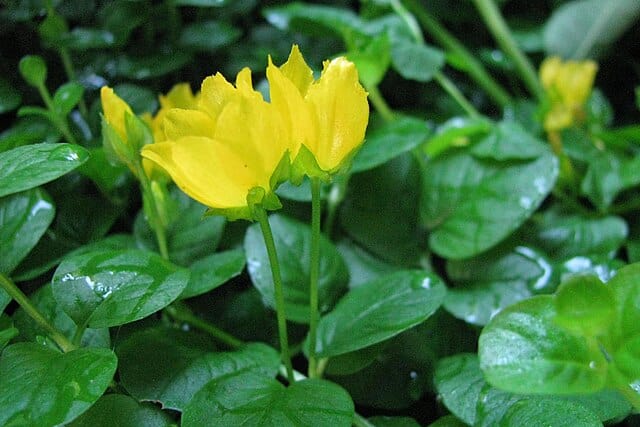
Creeping Jenny is a fast-growing, low-maintenance plant appreciated for its bright yellow-green leaves. It thrives in partial shade and can tolerate moist conditions, making it suitable for terrariums that provide the humidity it needs. The trailing nature of Creeping Jenny can create a lush, cascading effect over the edges of your arrangement, adding texture and life.
Ficus pumila (Creeping Fig)
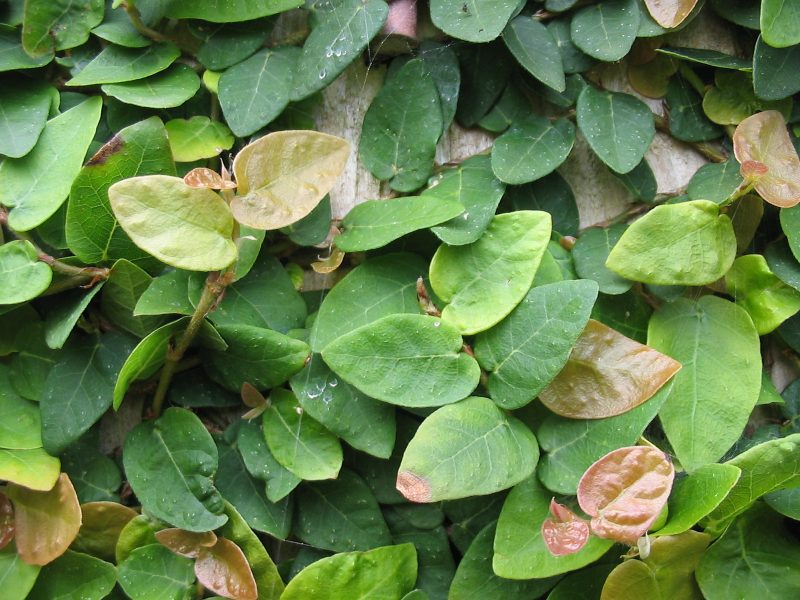
This vining plant is perfect for those looking to add a touch of greenery that can cascade beautifully within a terrarium. Creeping Fig prefers moderate humidity and can grow in low light, making it versatile for various environments.
Terrarium Composition Tips
When creating a terrarium, it’s essential to consider the needs of each plant. Here are a few tips:
Layering: Start with a drainage layer (like gravel or small stones) at the bottom of the terrarium to prevent waterlogging. Then add activated charcoal to help filter water and odors.
Soil: Use a potting mix suitable for the specific plants being grown, considering those that prefer drier soil versus those that require more moisture.
Placement: Position taller plants at the back or center, and shorter plants toward the front edges. Consider the light requirements of each plant to ensure they all thrive.
Air Circulation: If using a closed terrarium, ensure that some air circulation is available to prevent mold growth, depending on humidity levels and plant needs.
Maintenance: Regularly trim any overgrown plants, remove dead leaves, and monitor moisture levels to create a healthy ecosystem.



